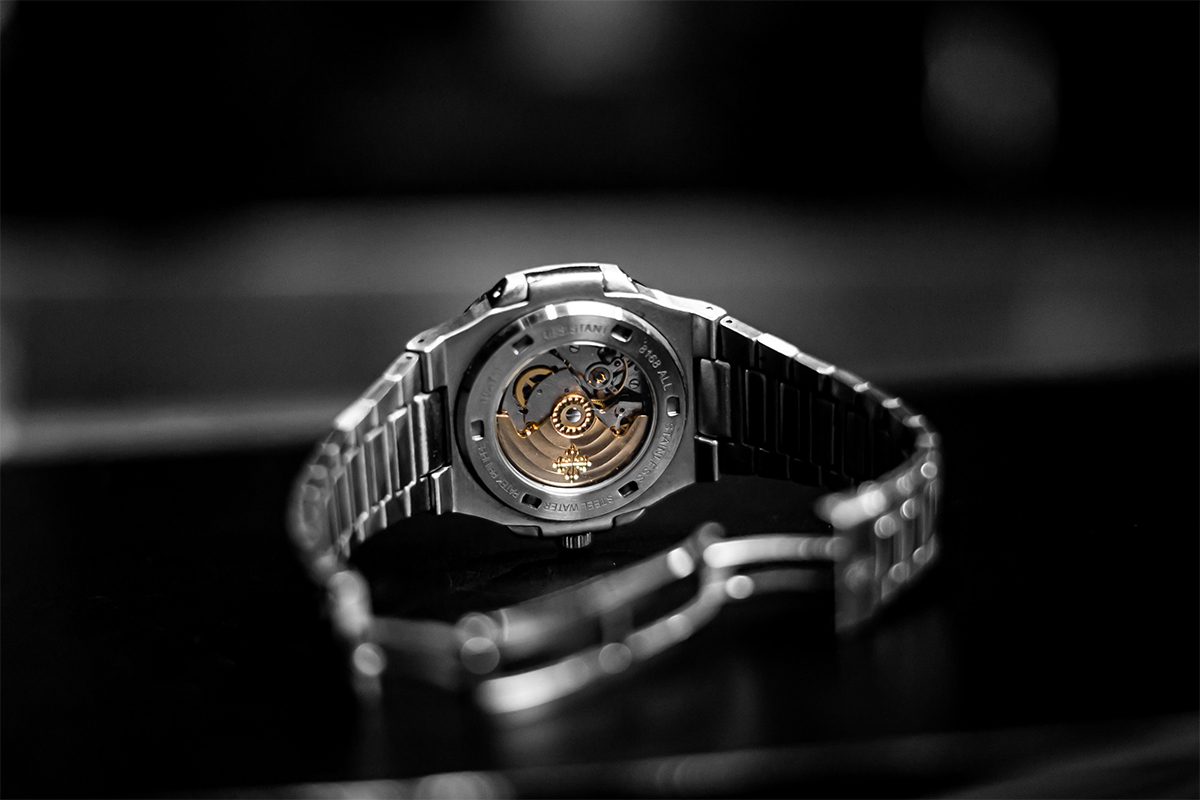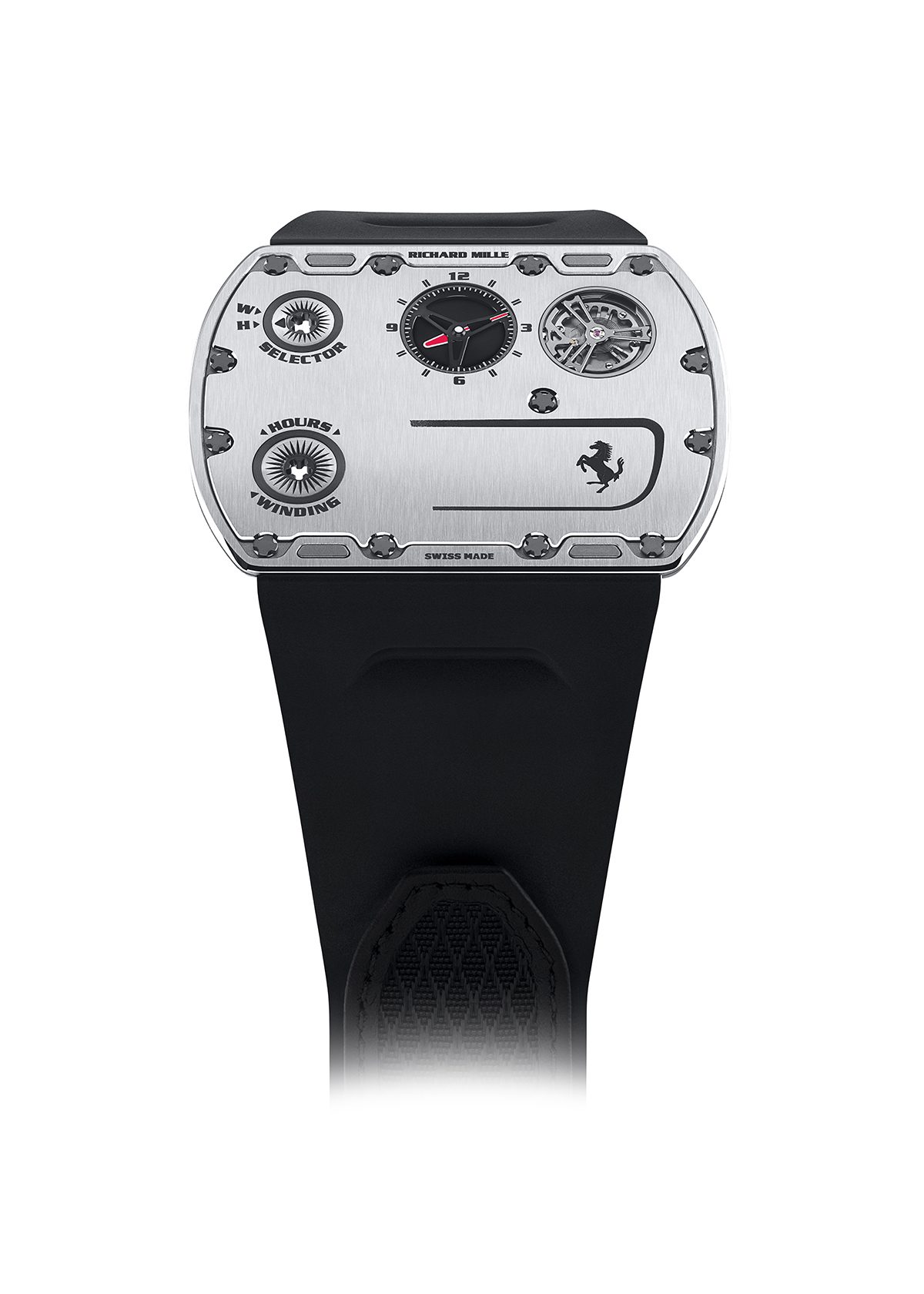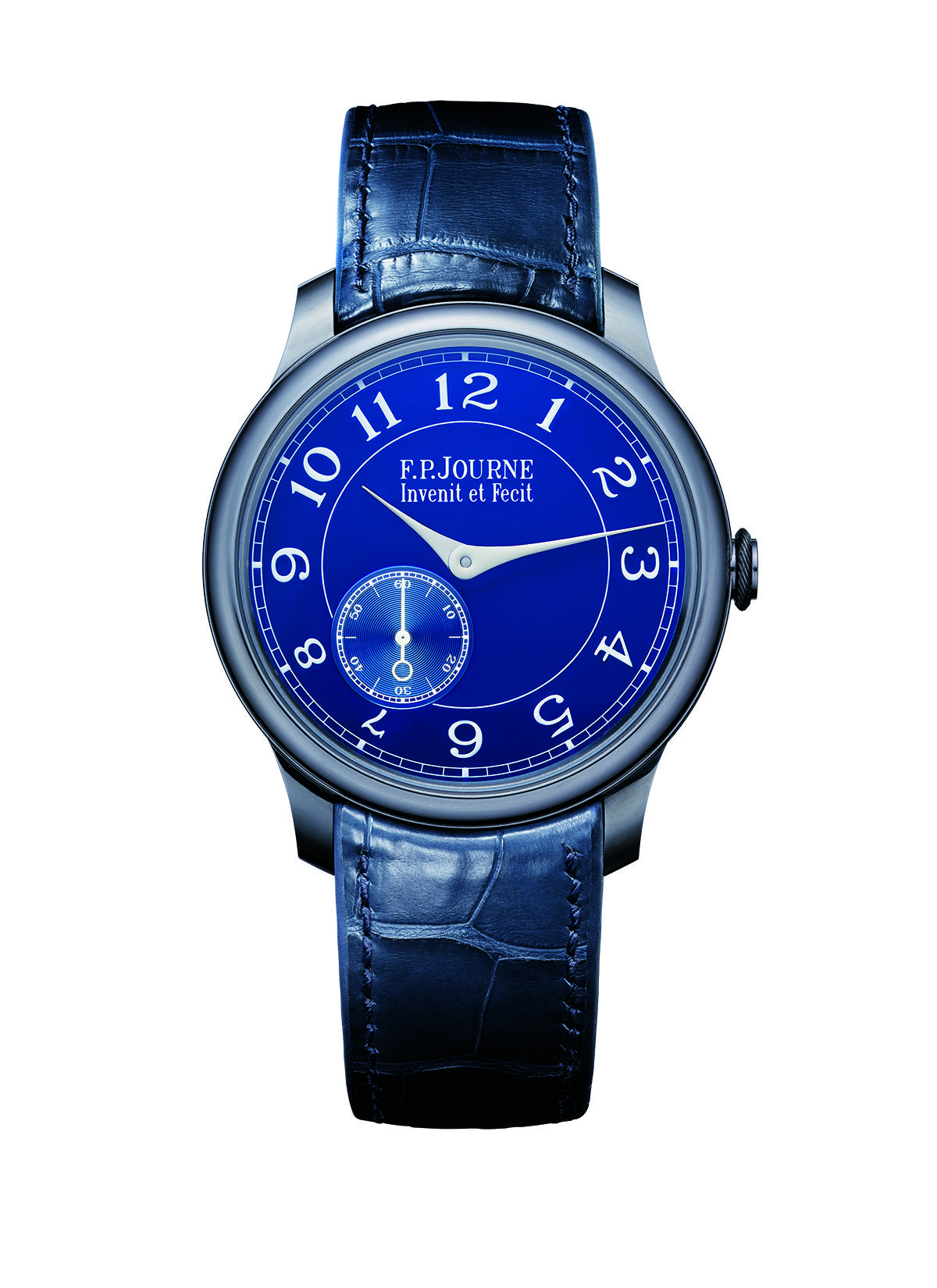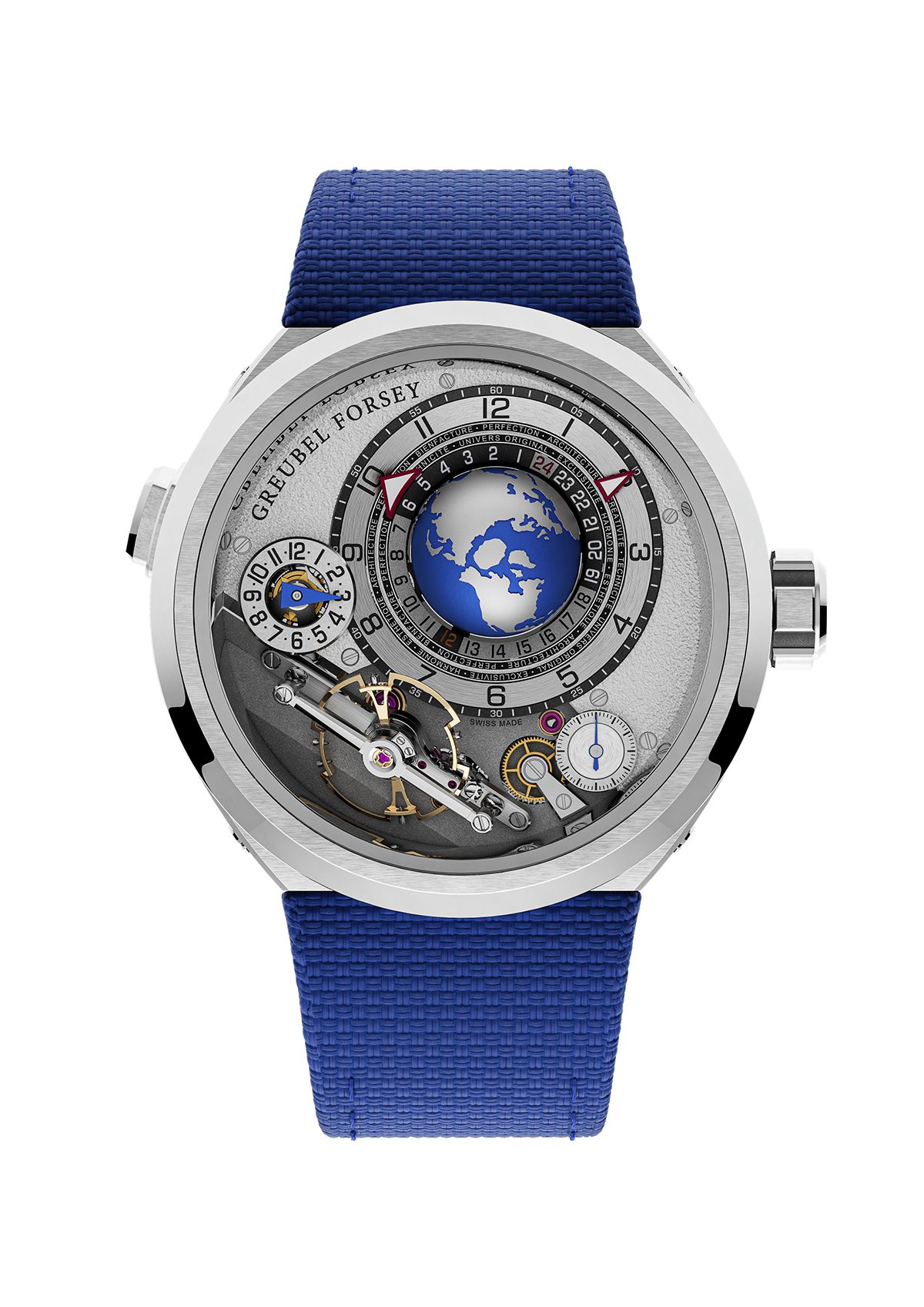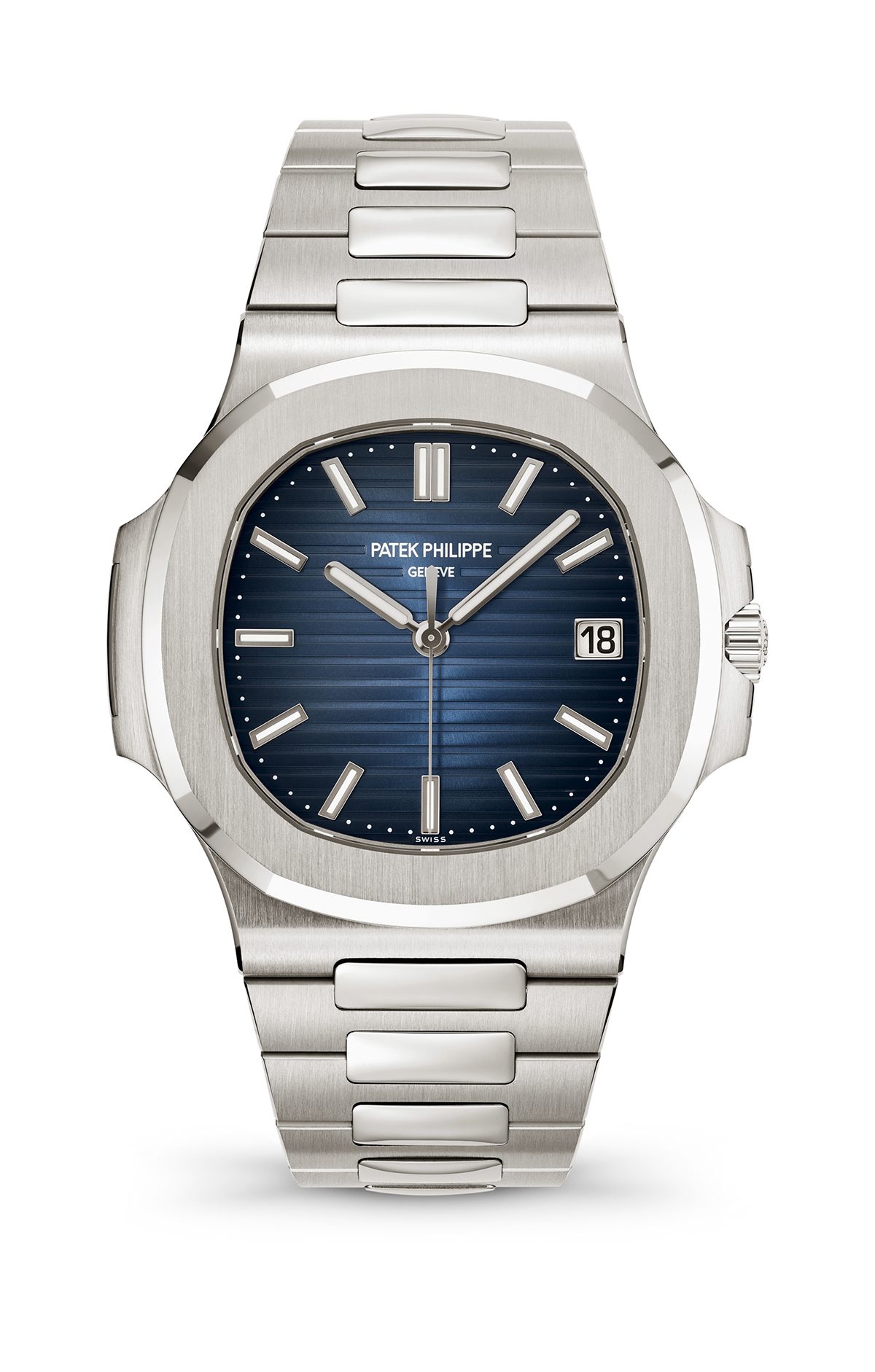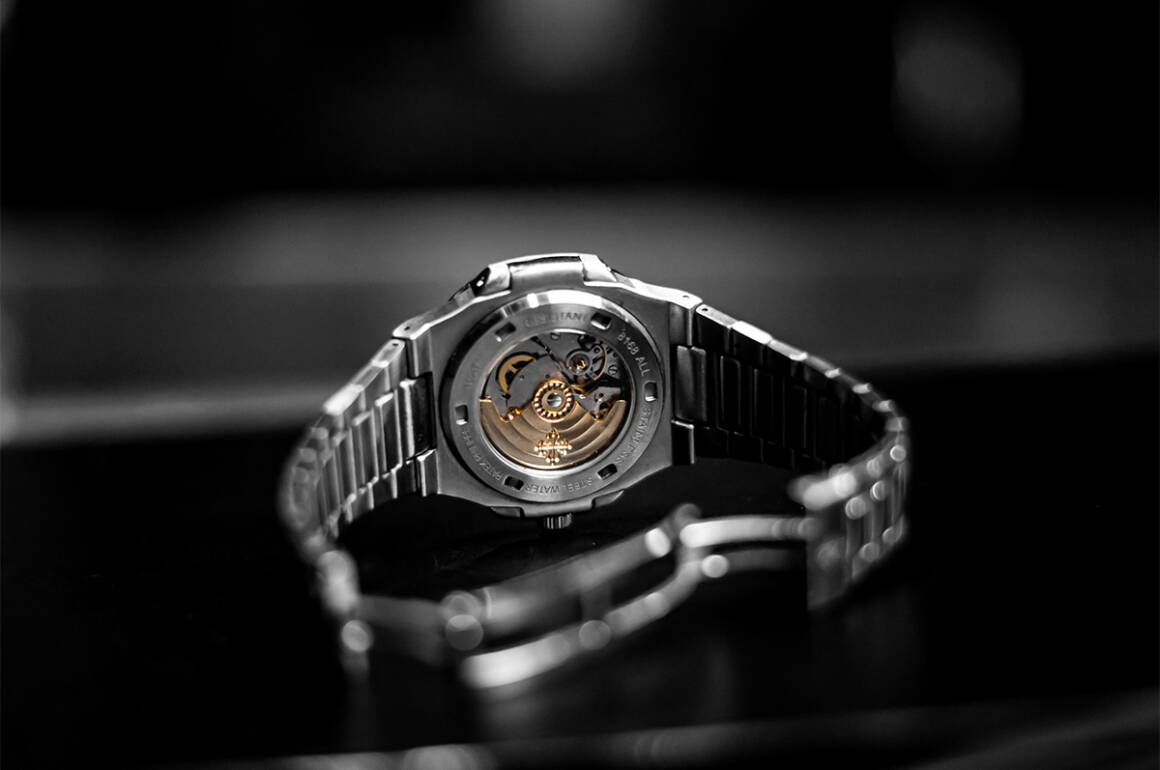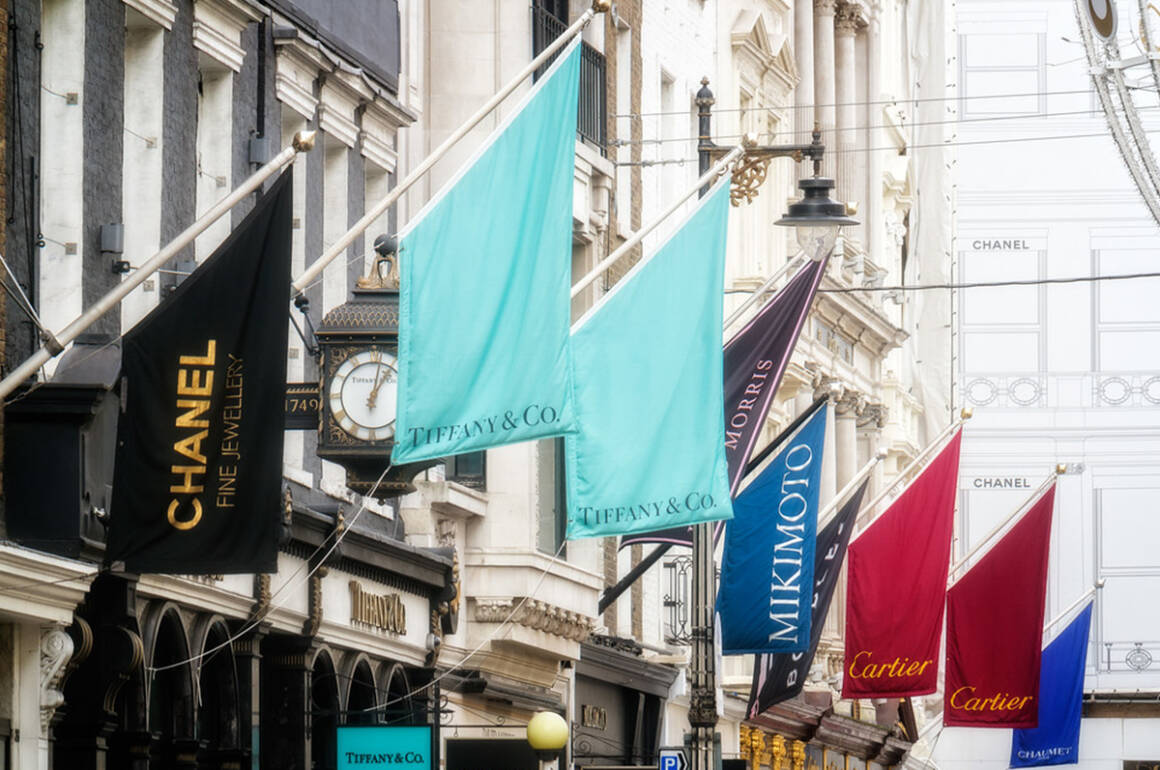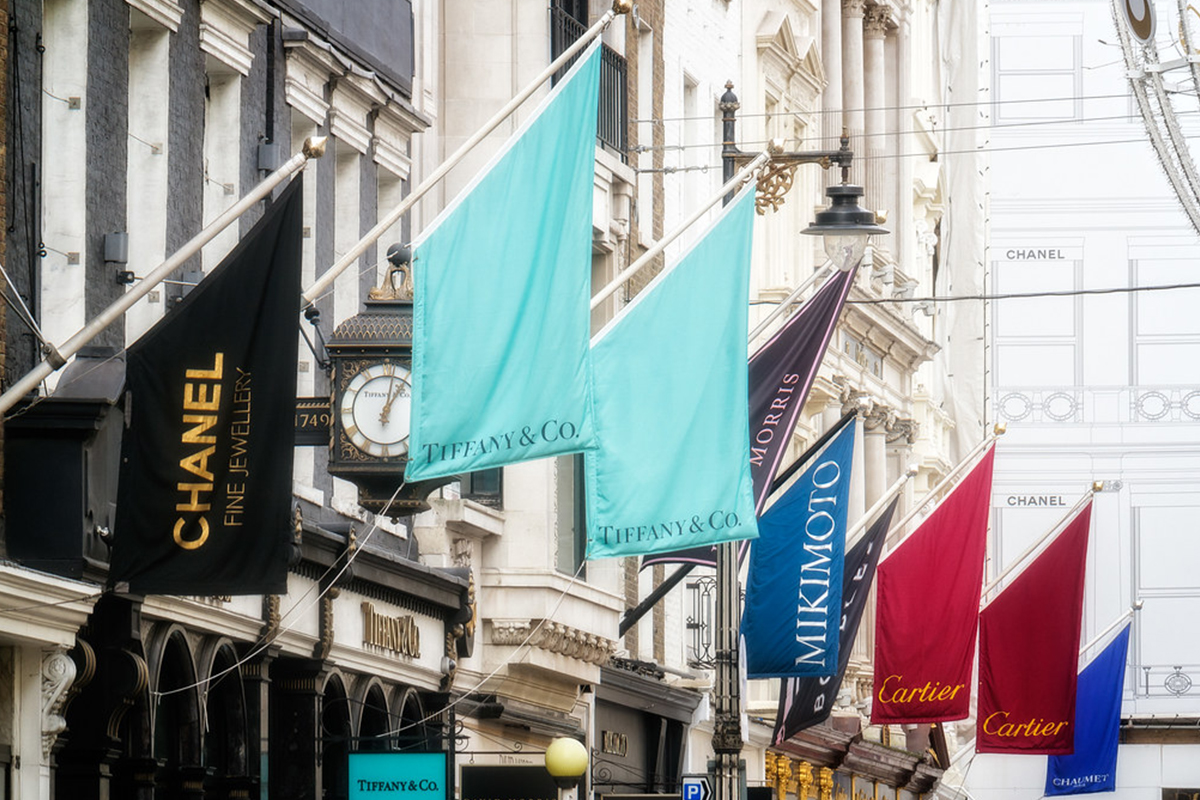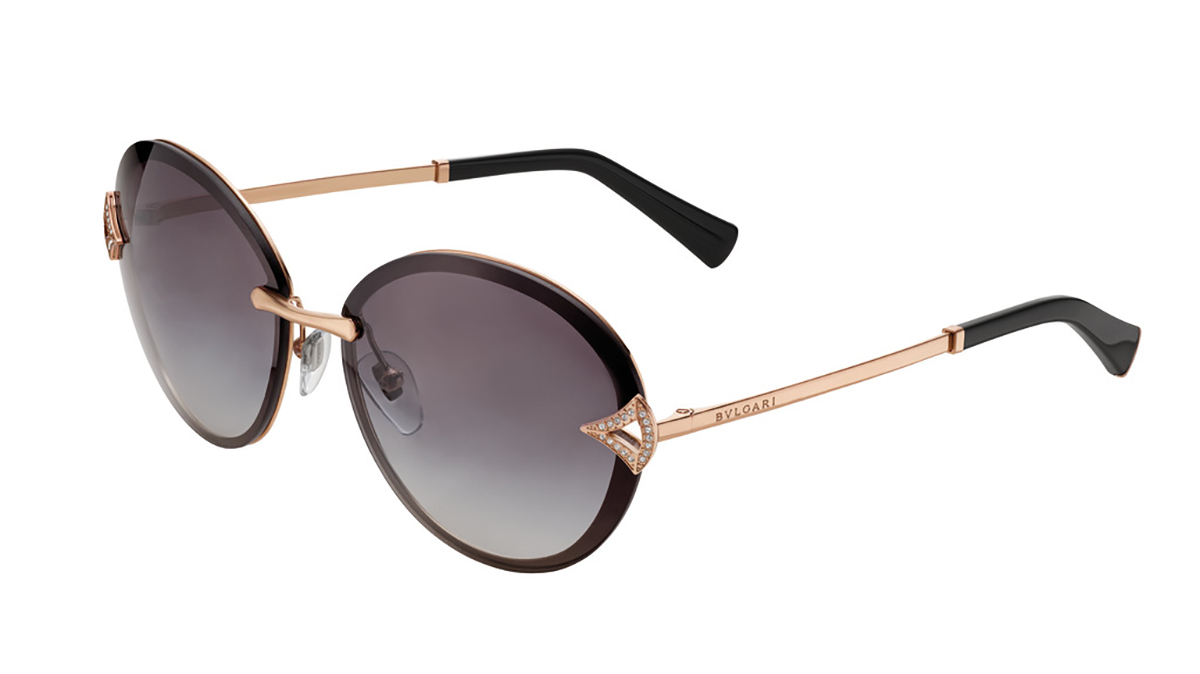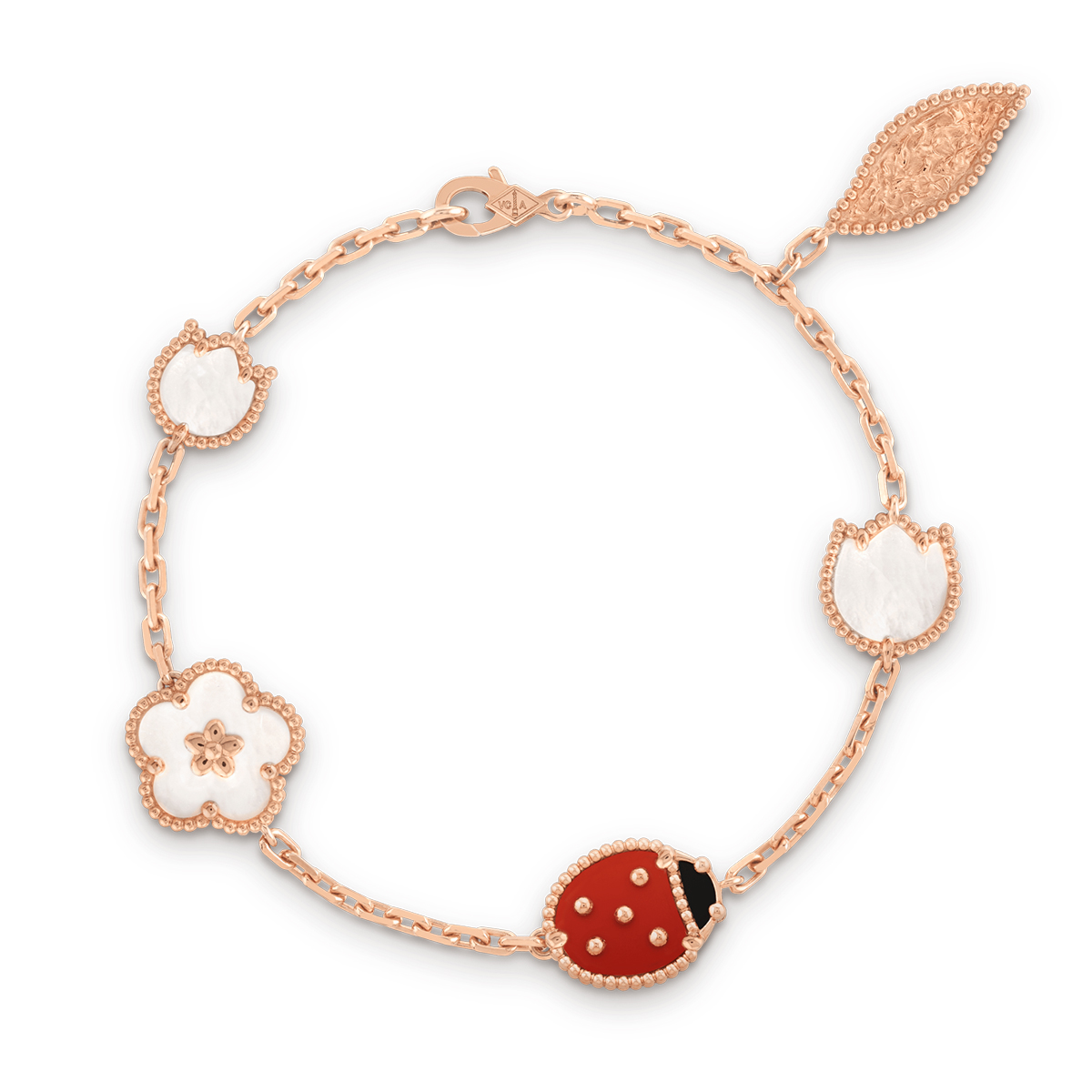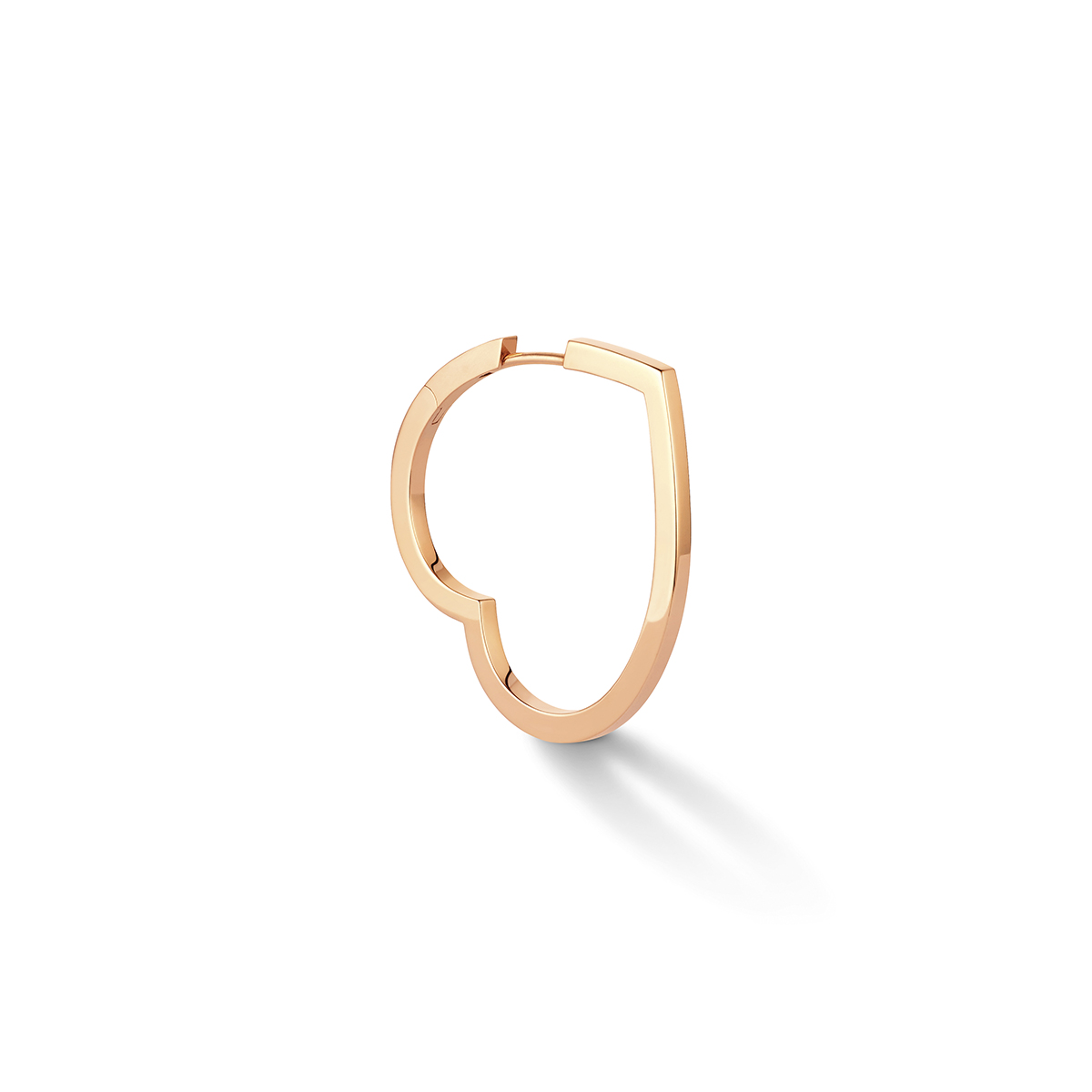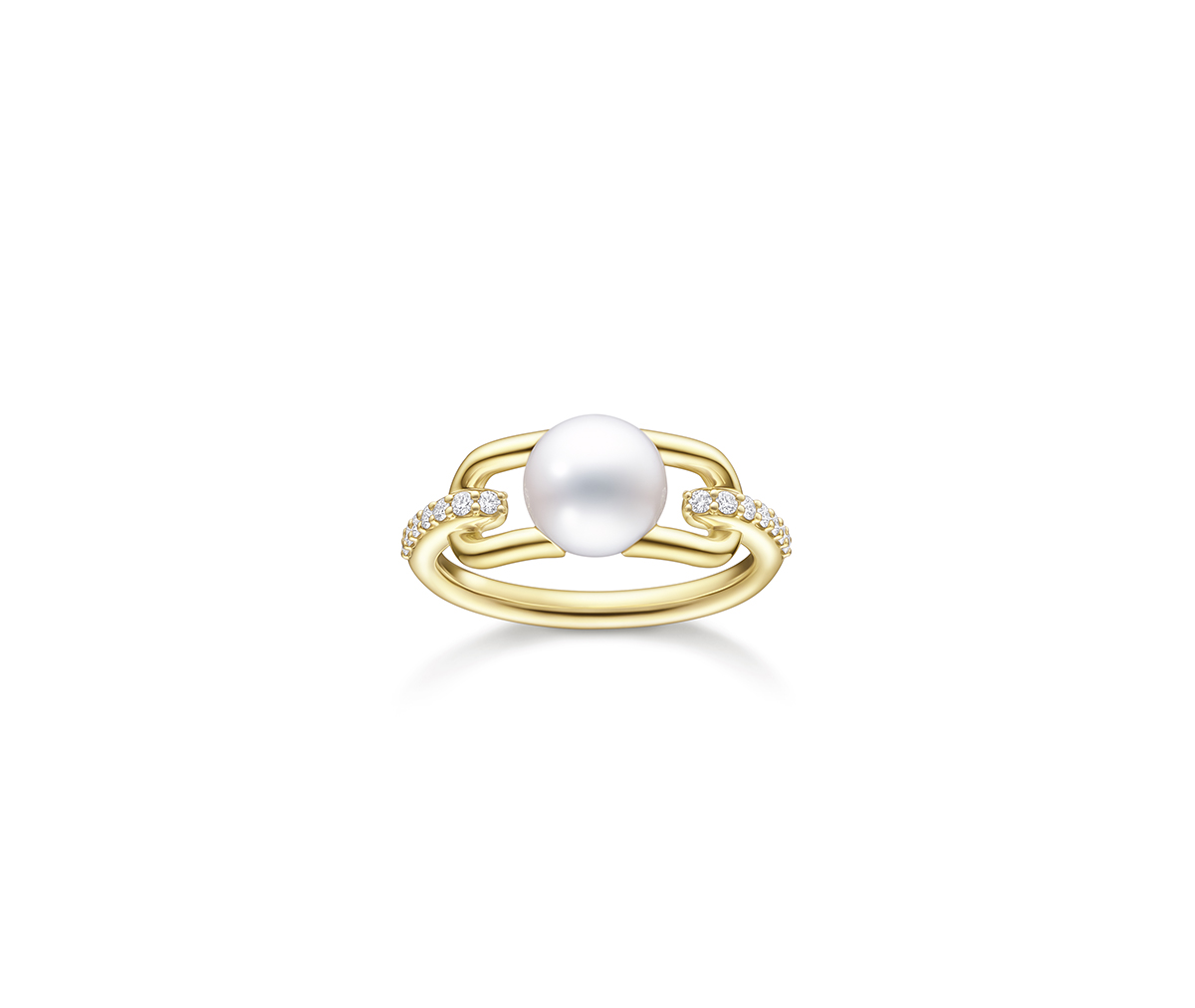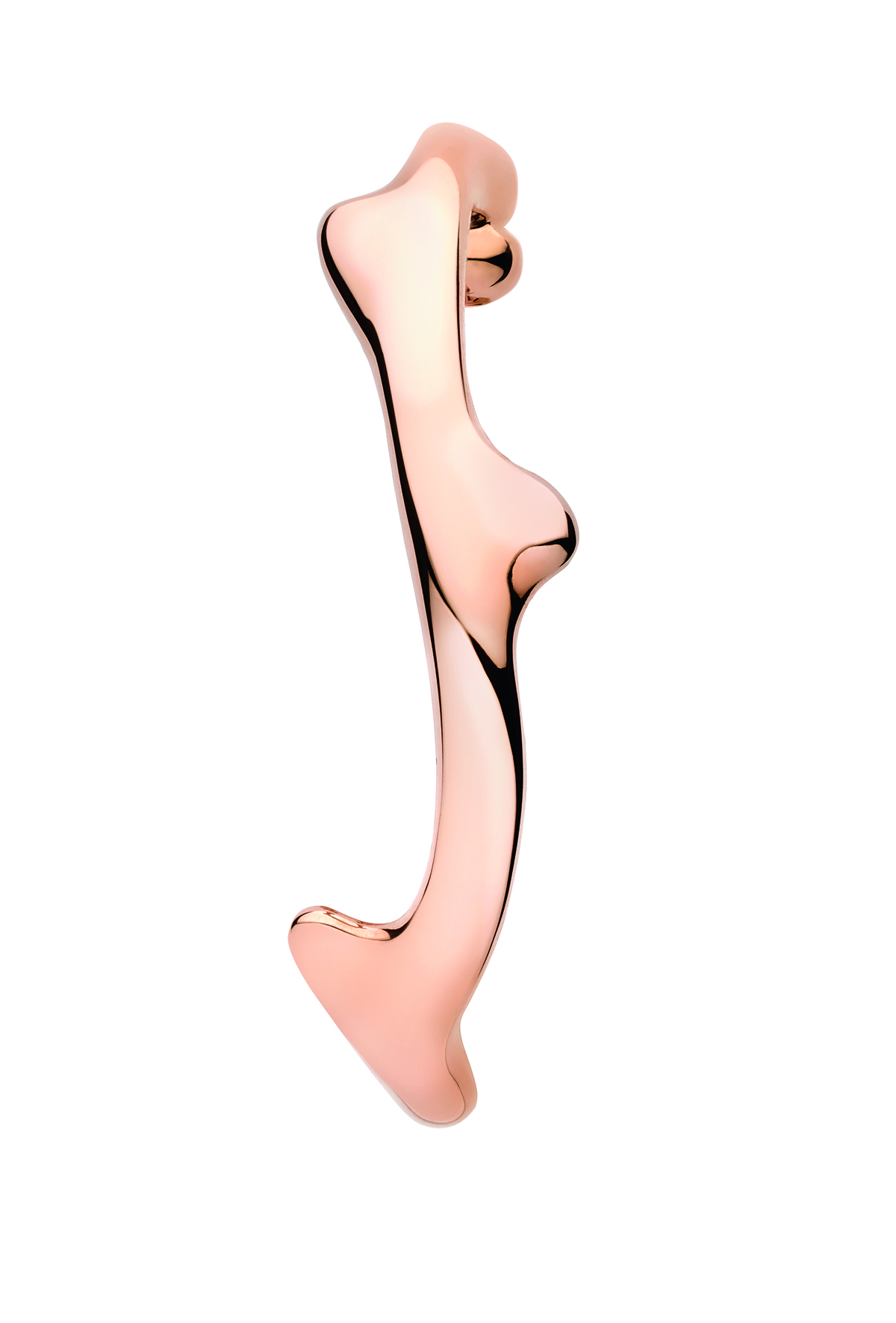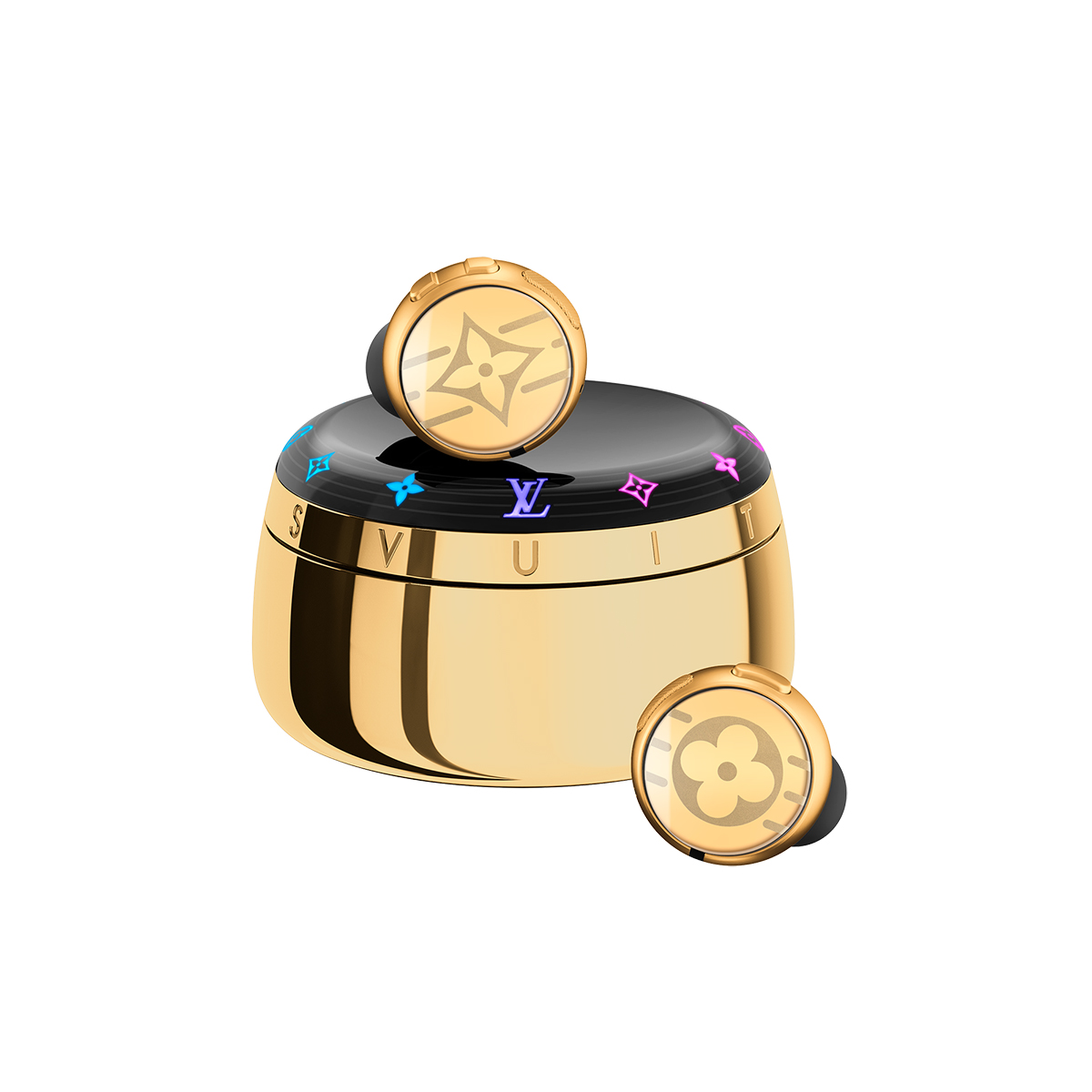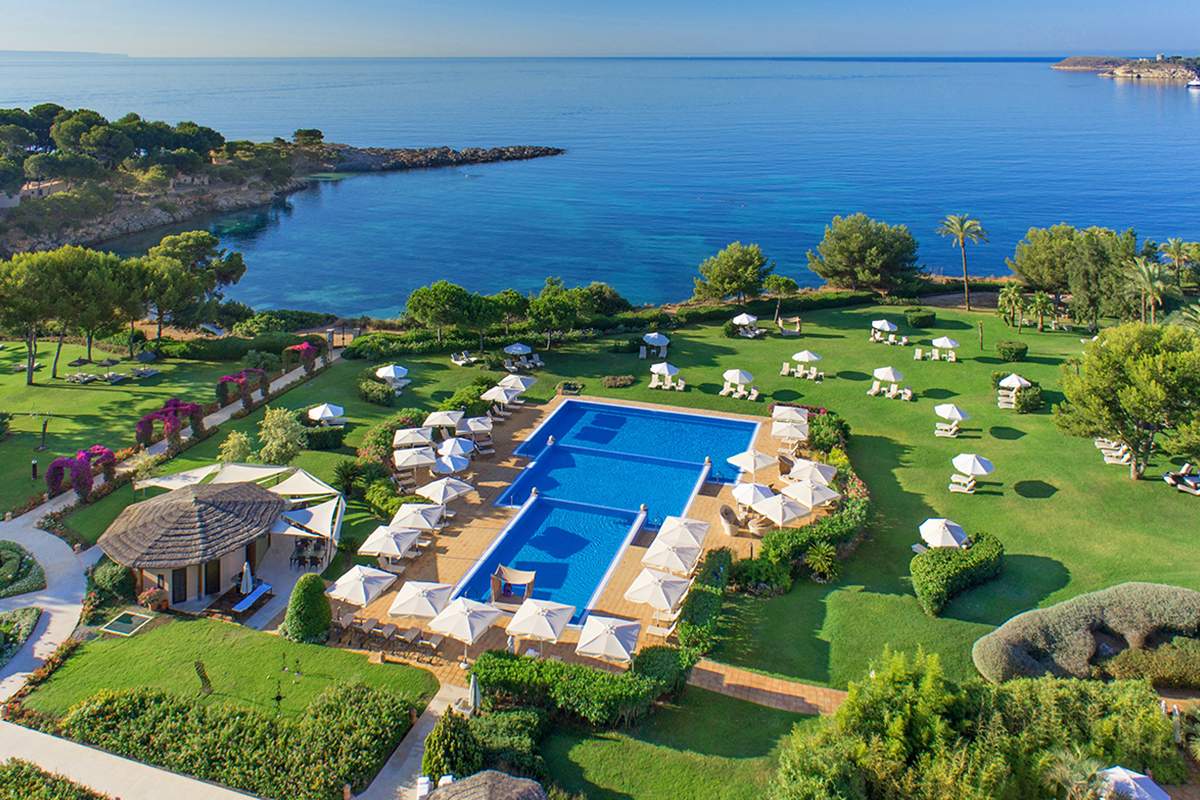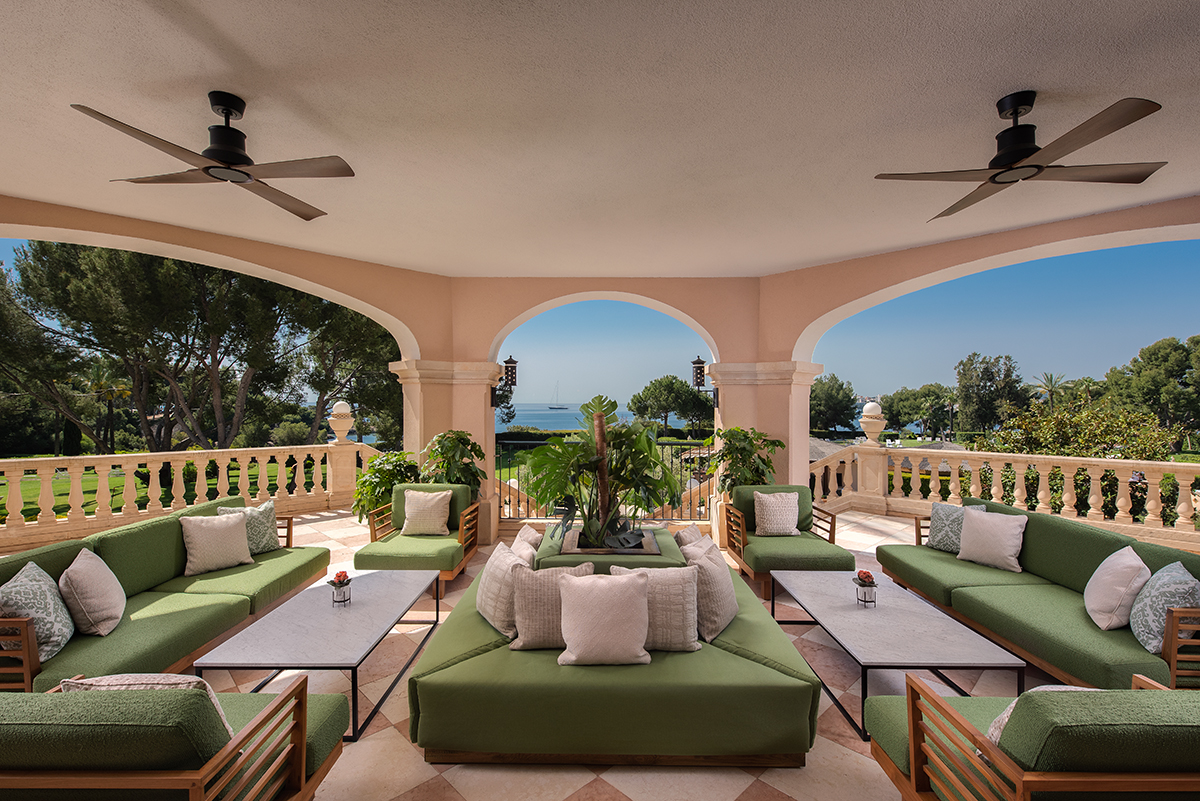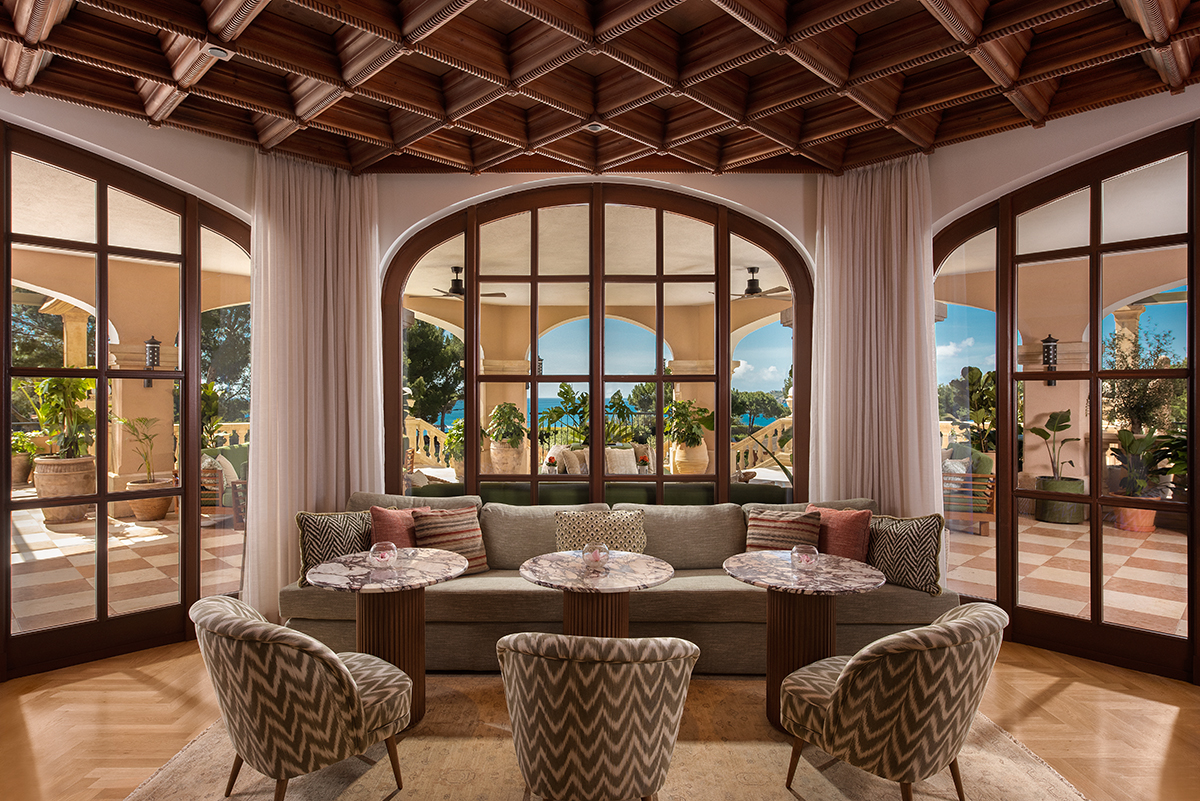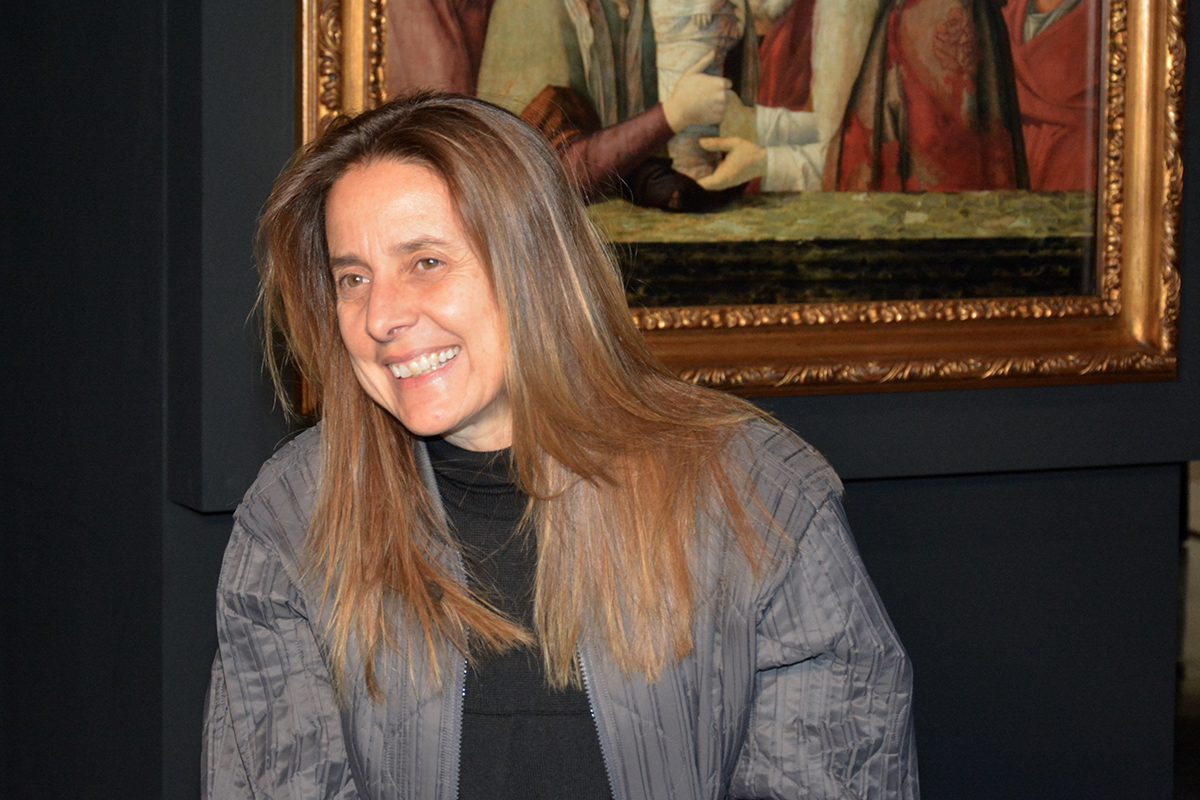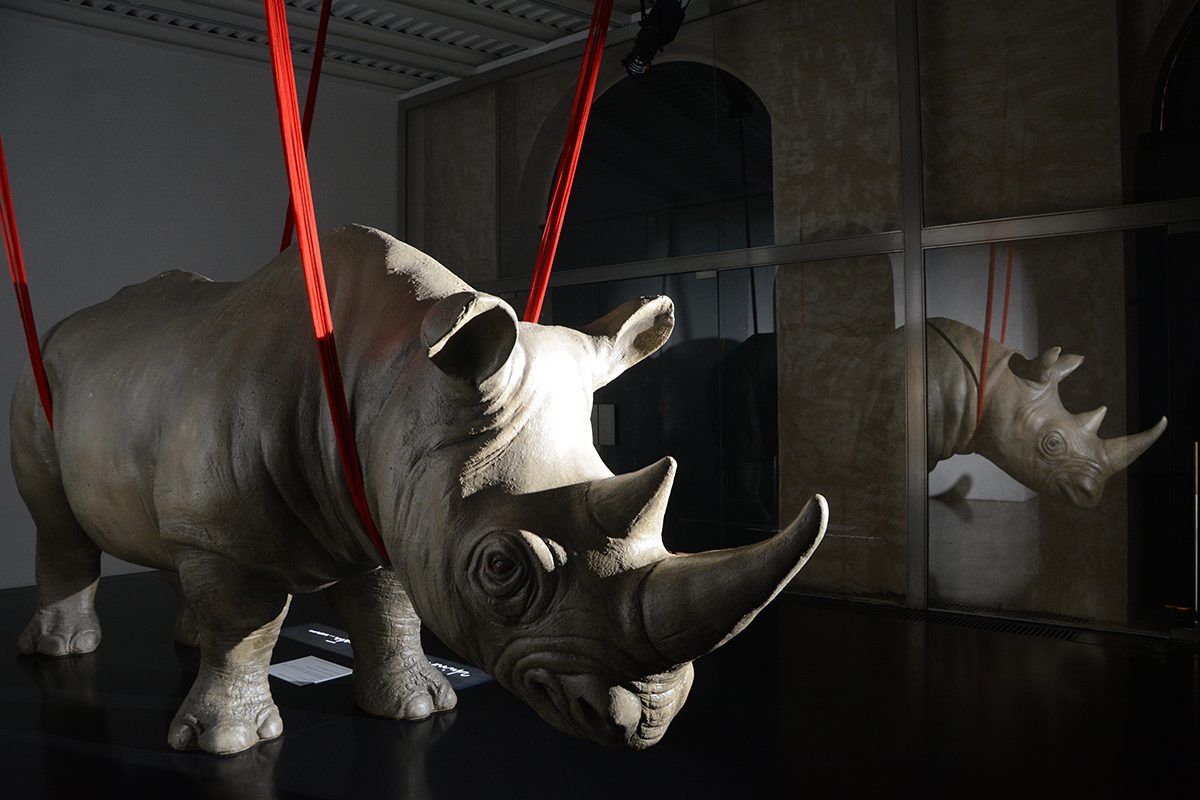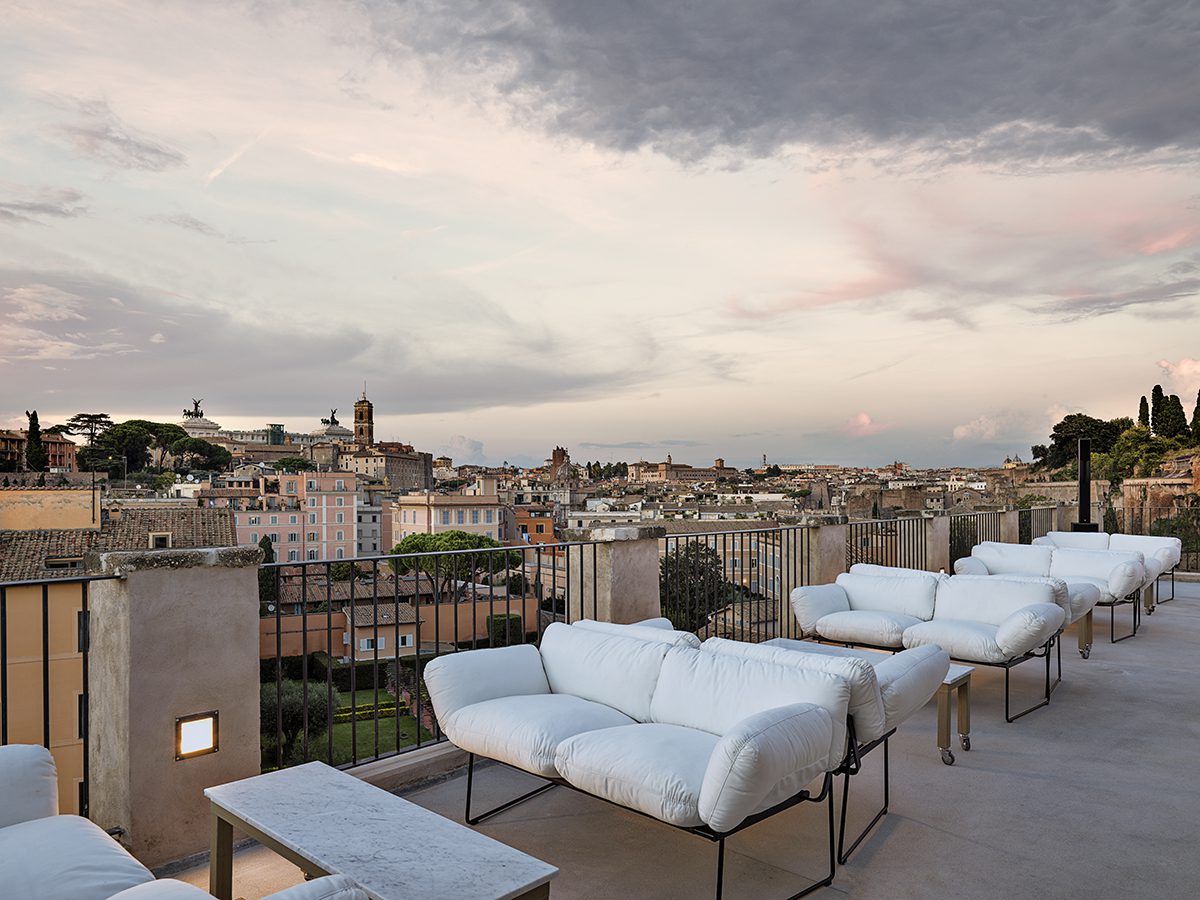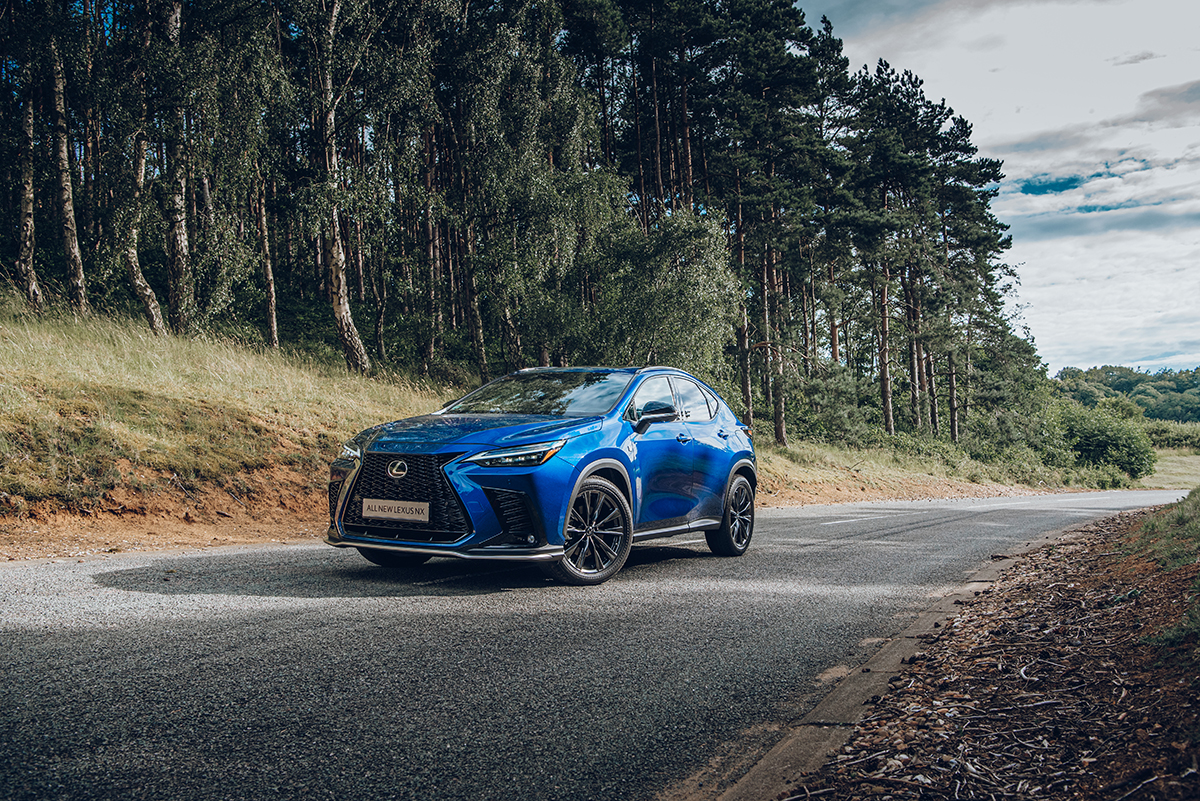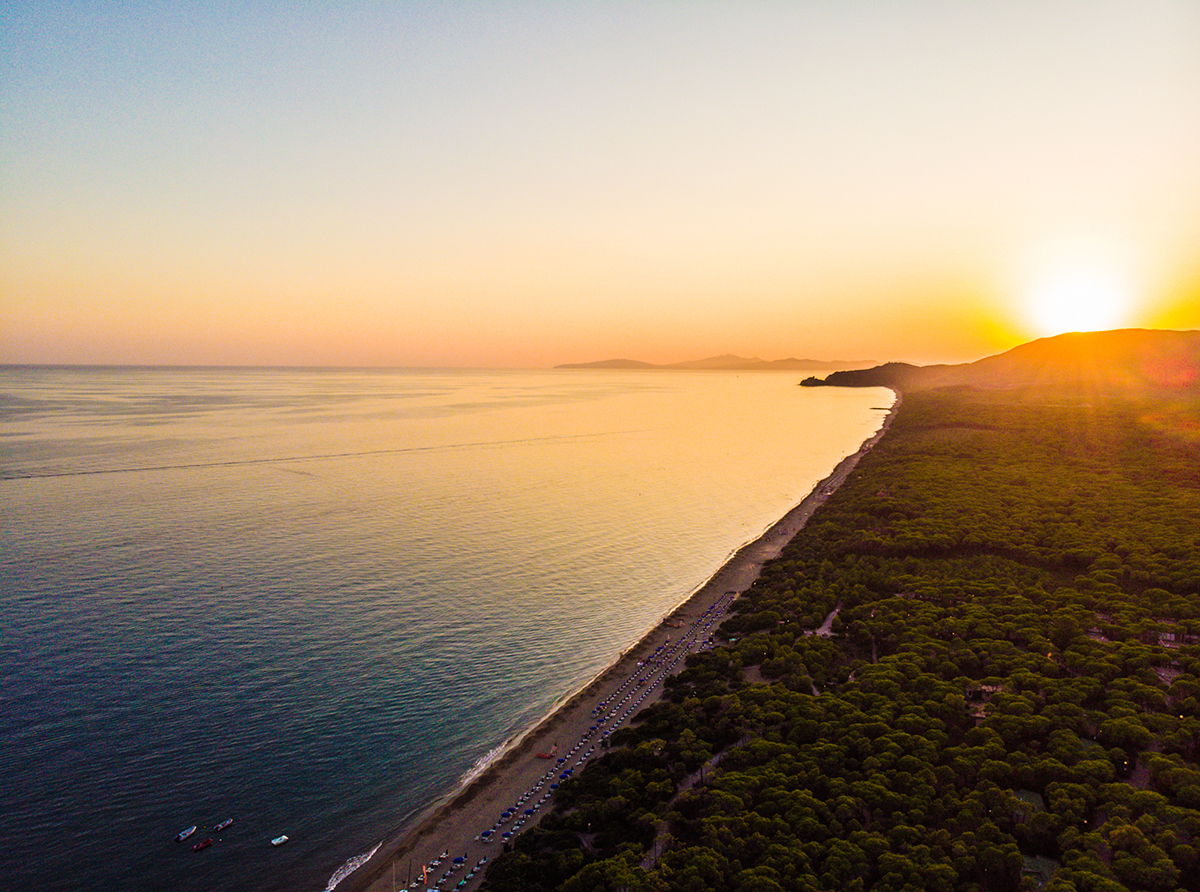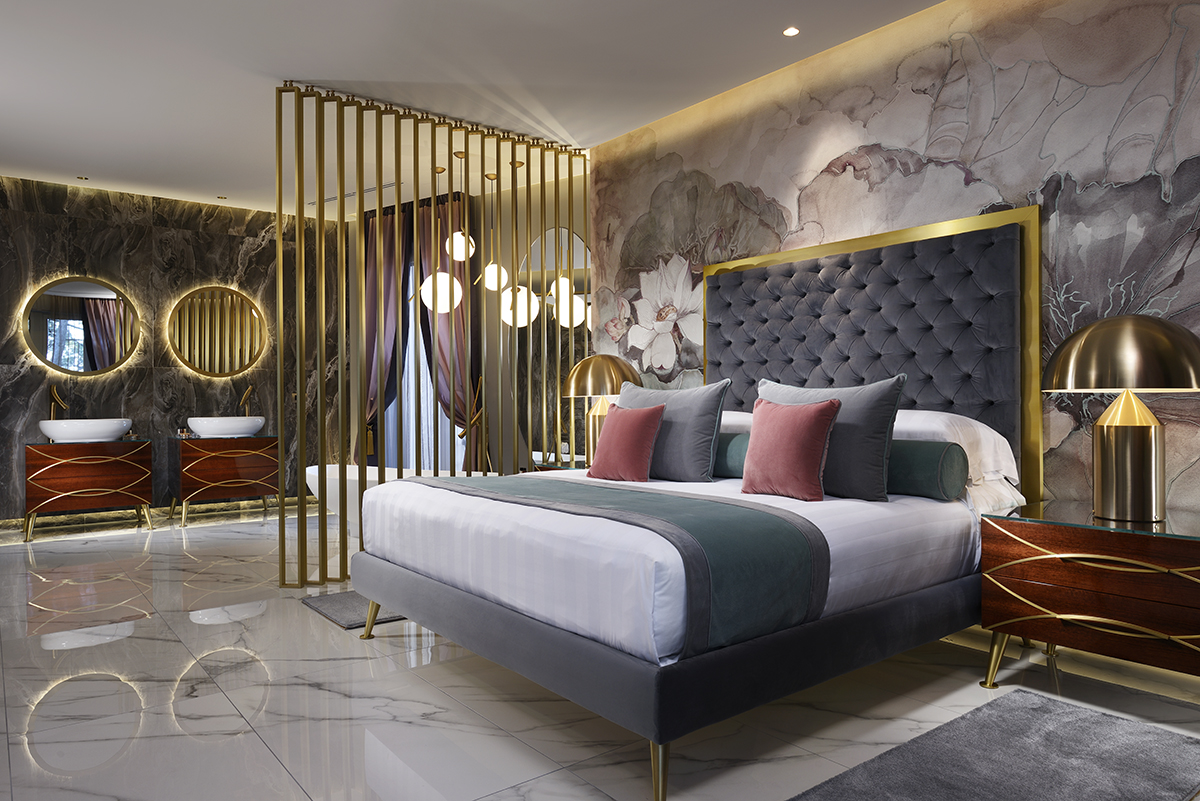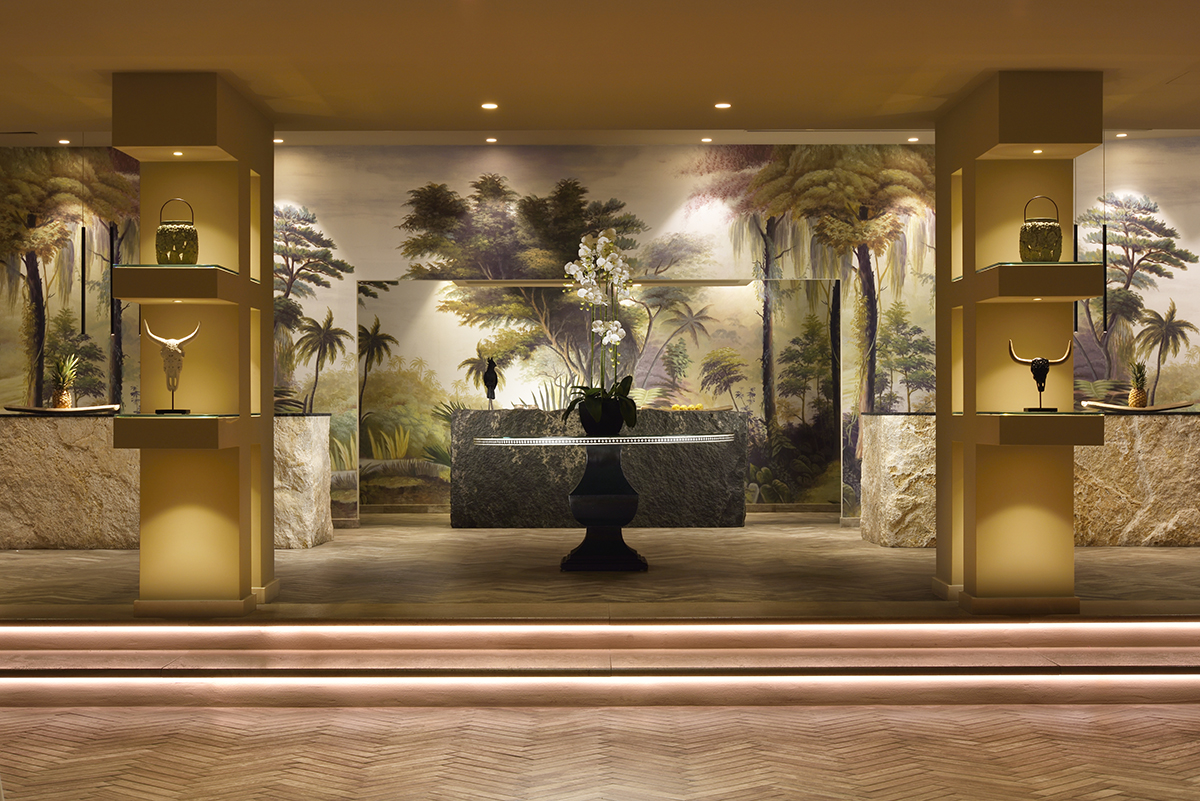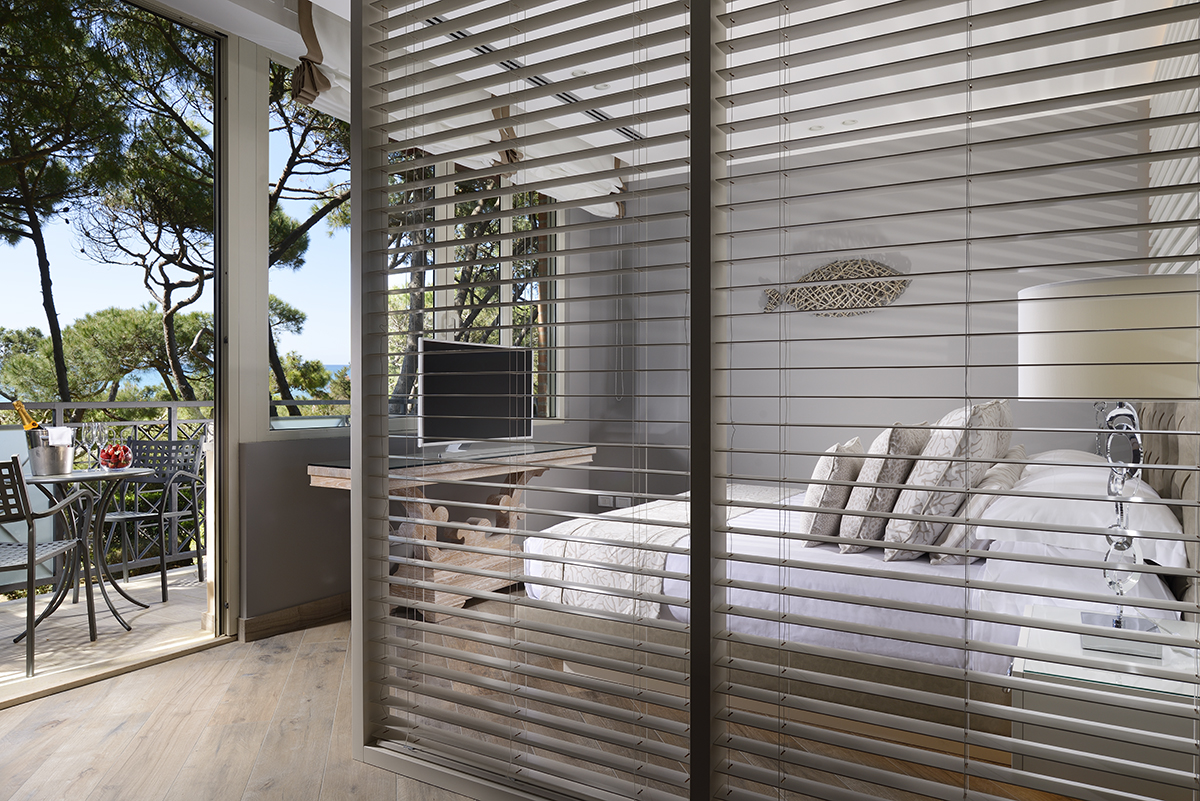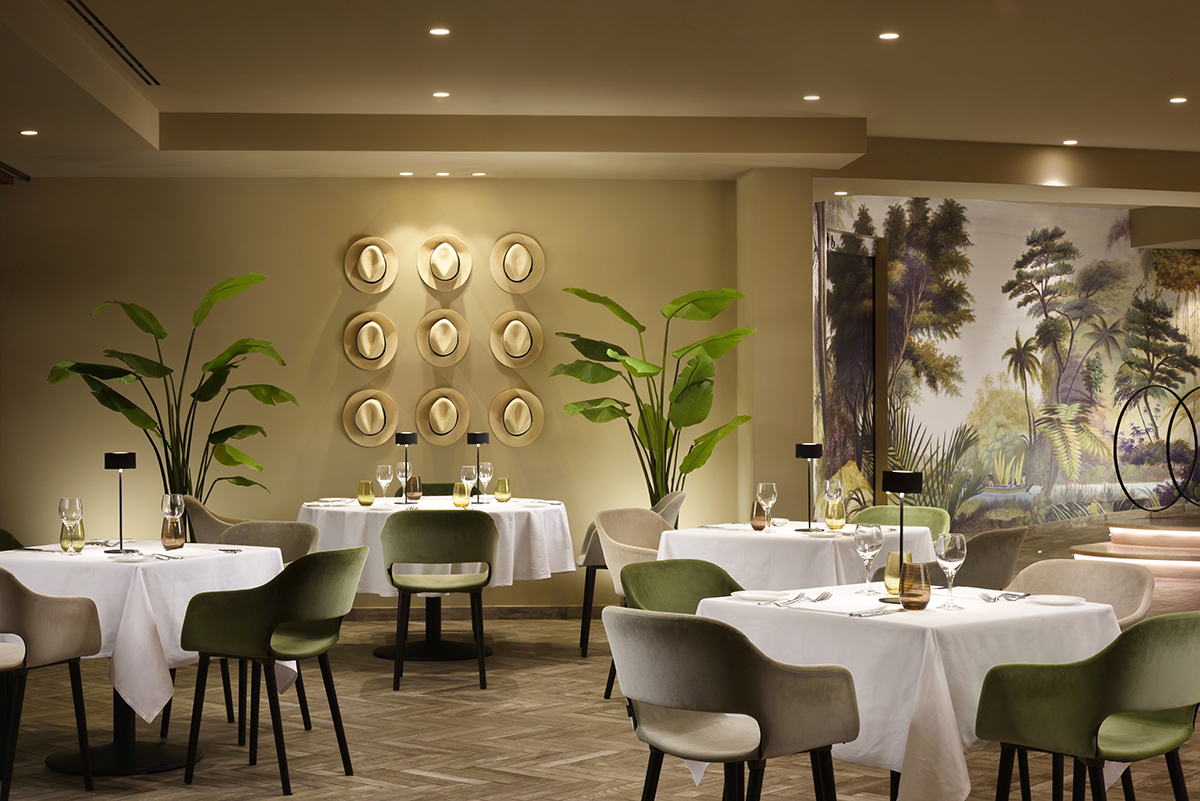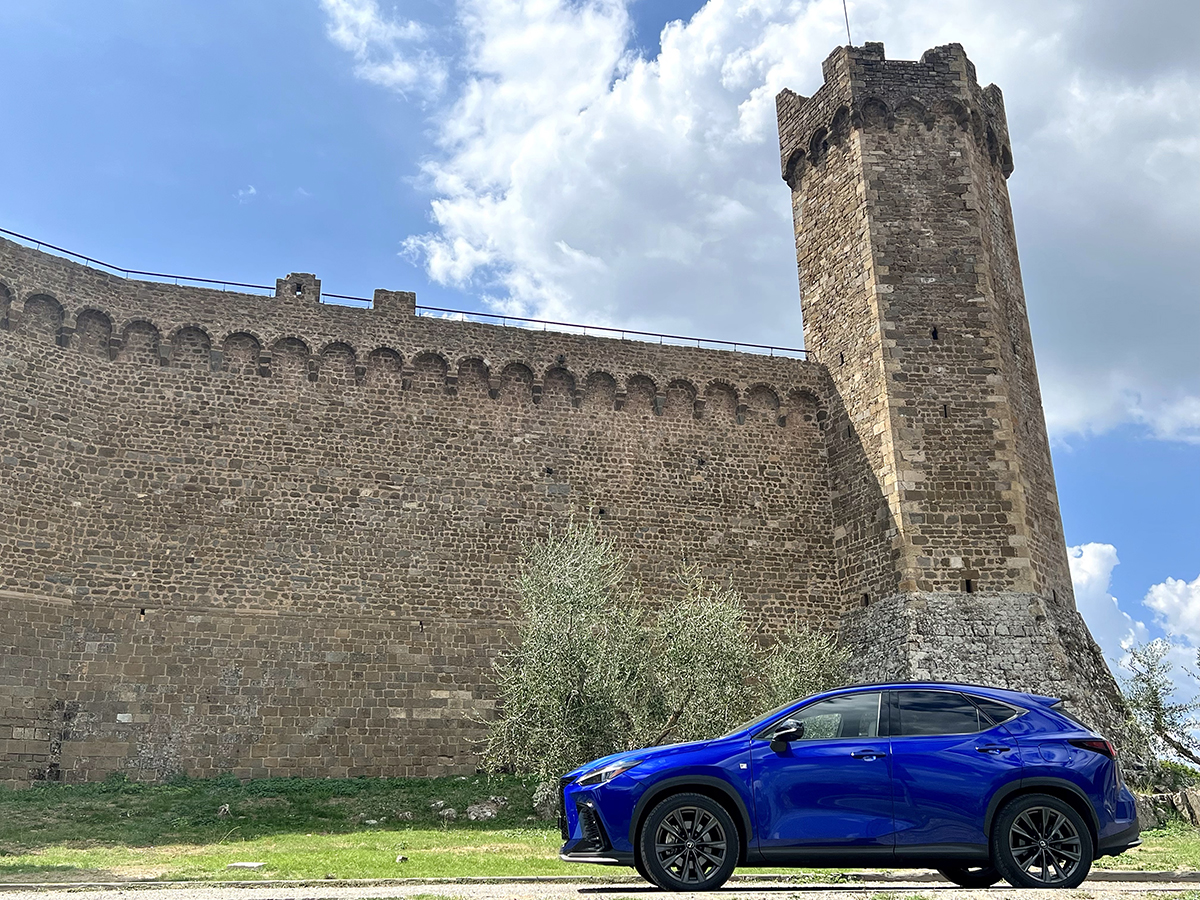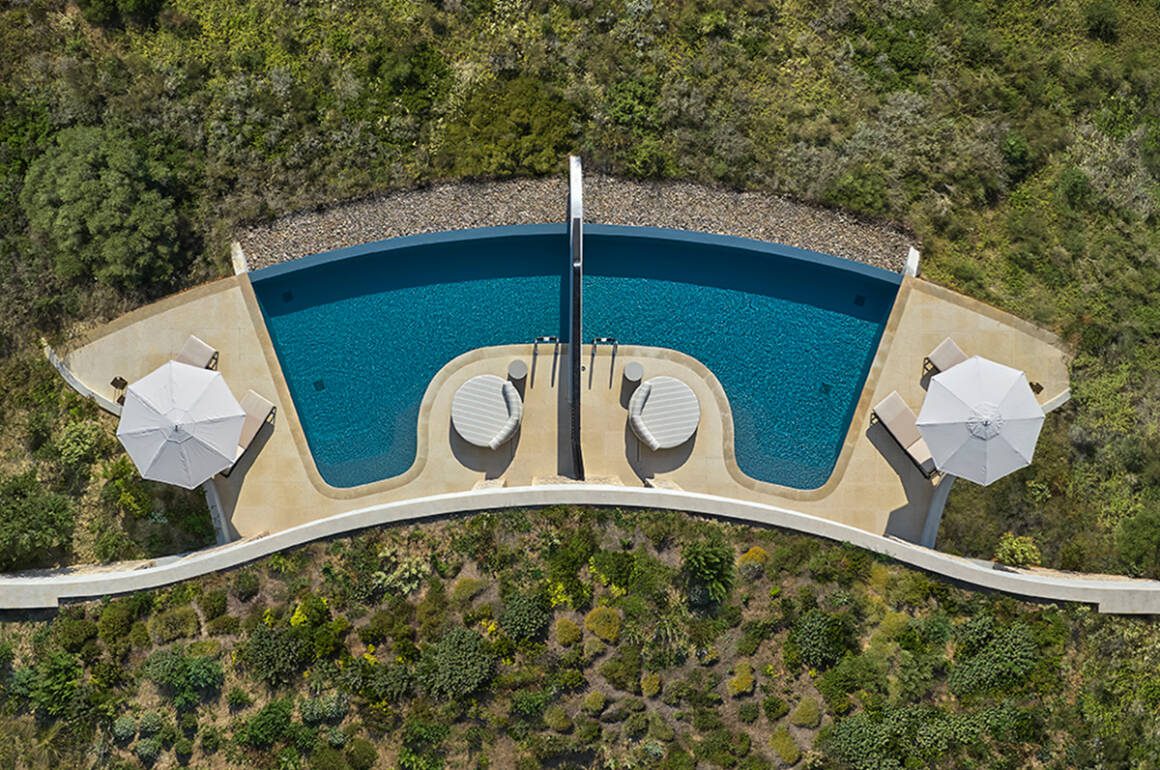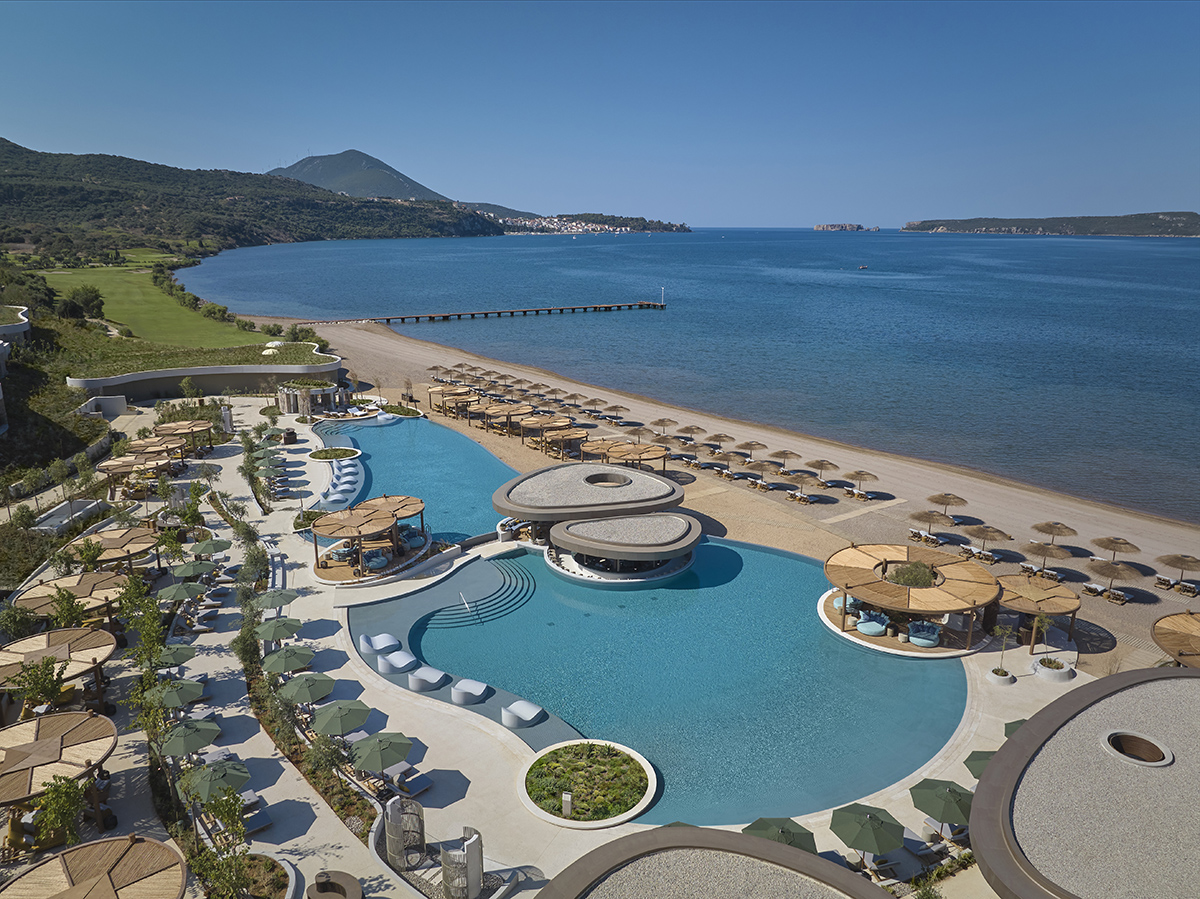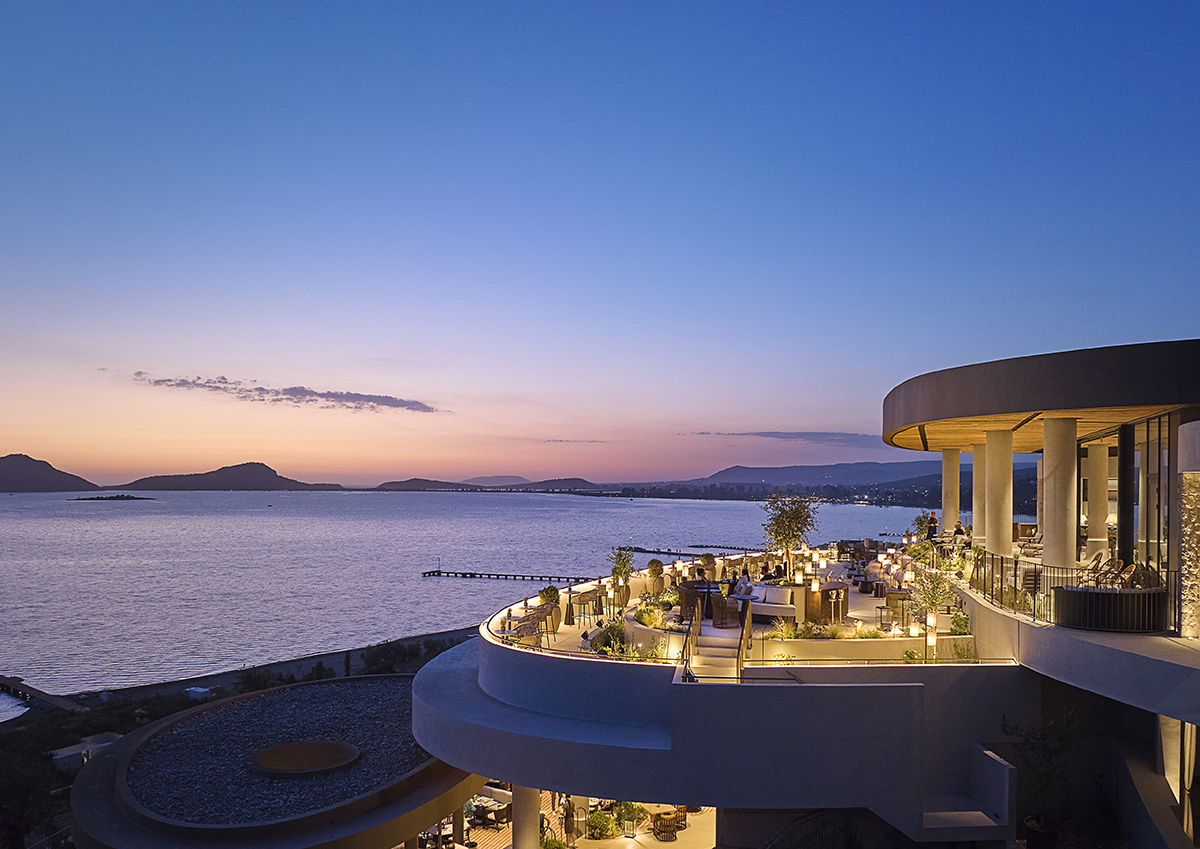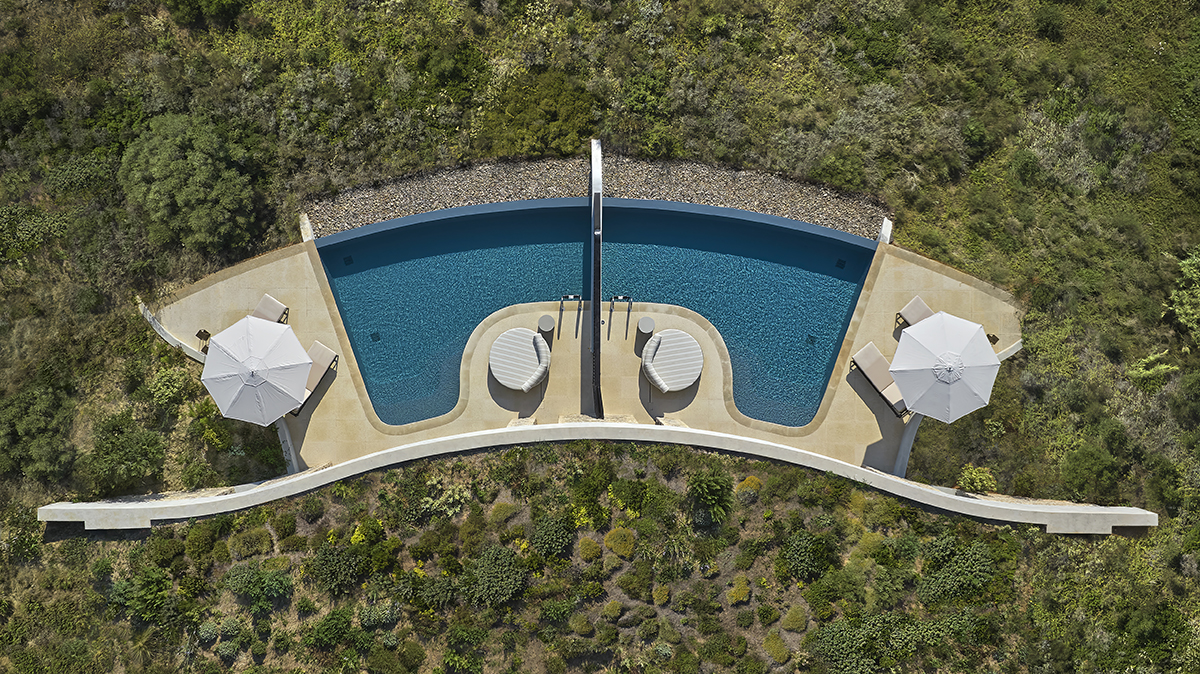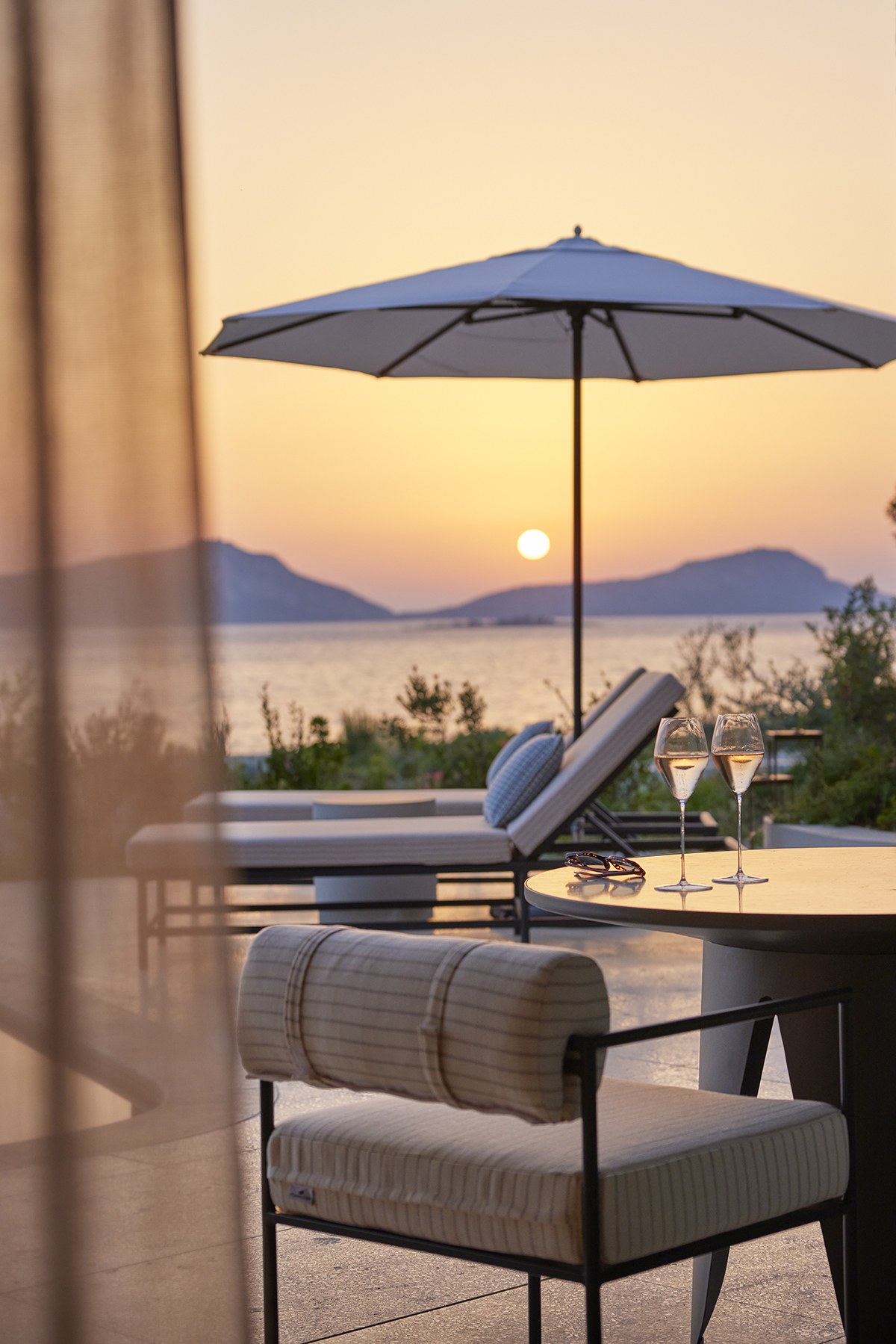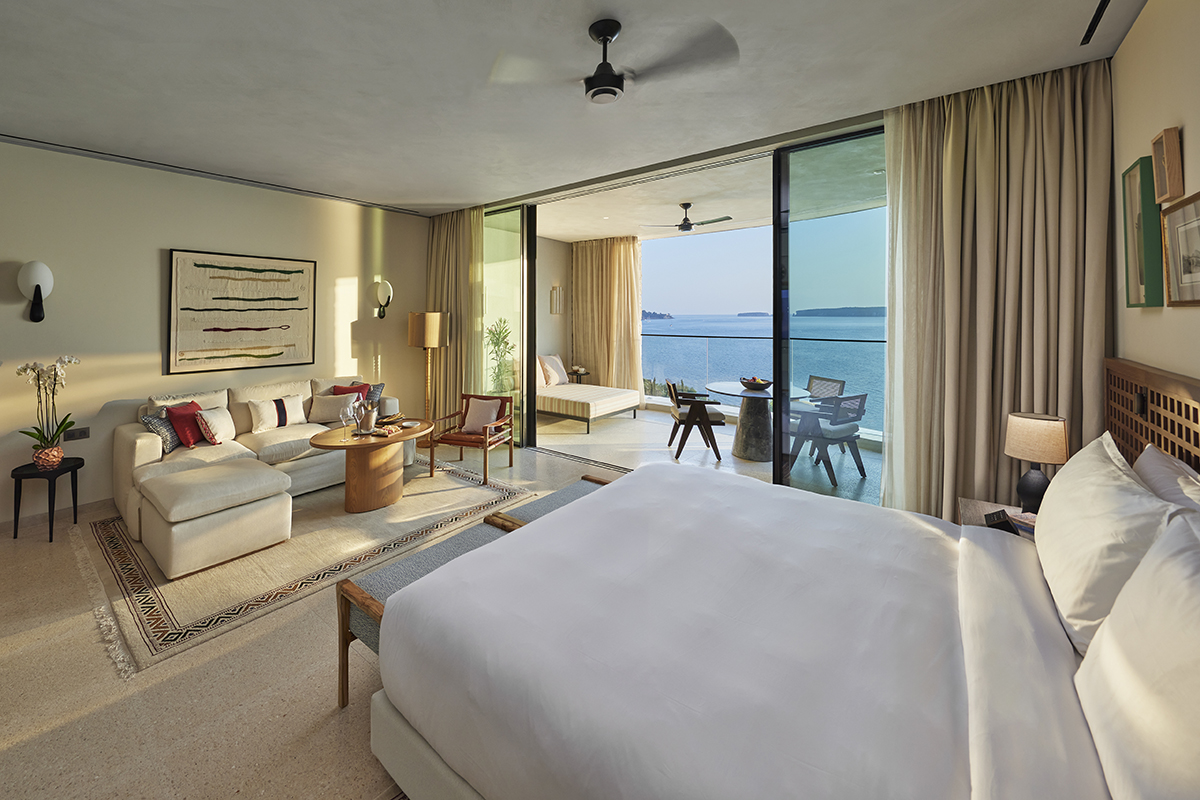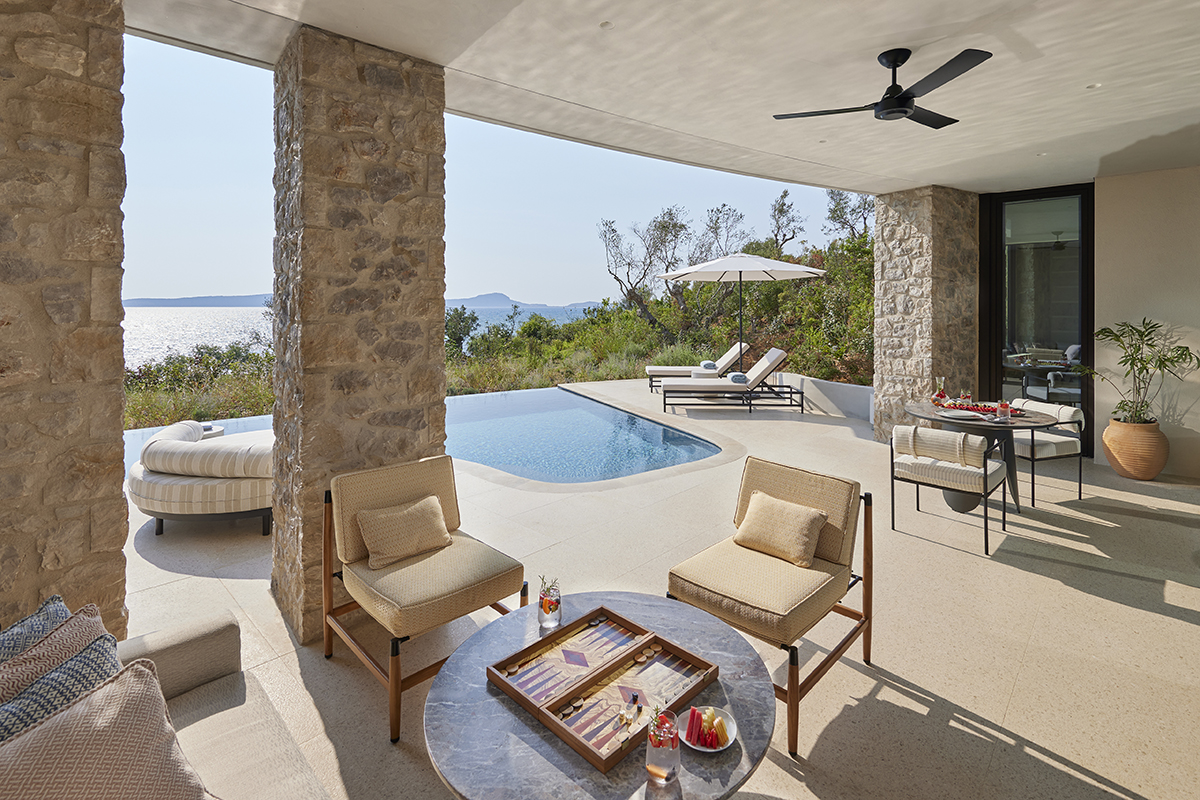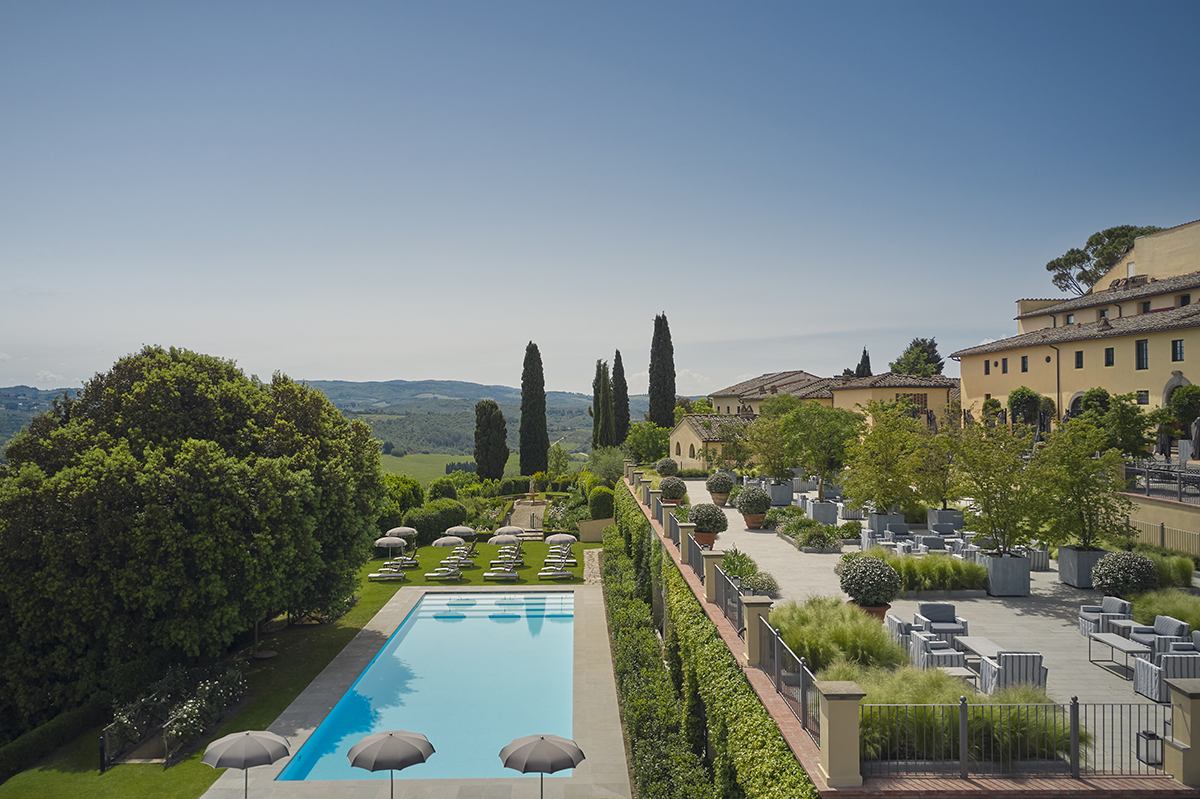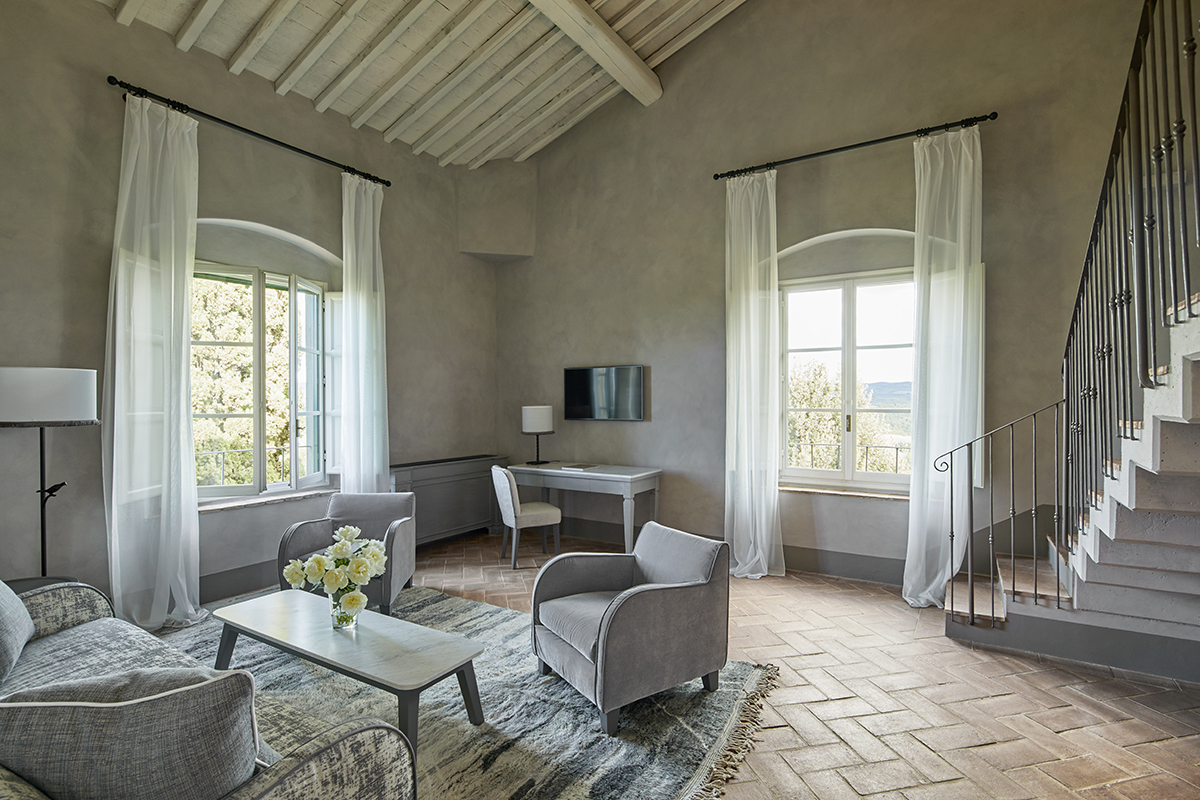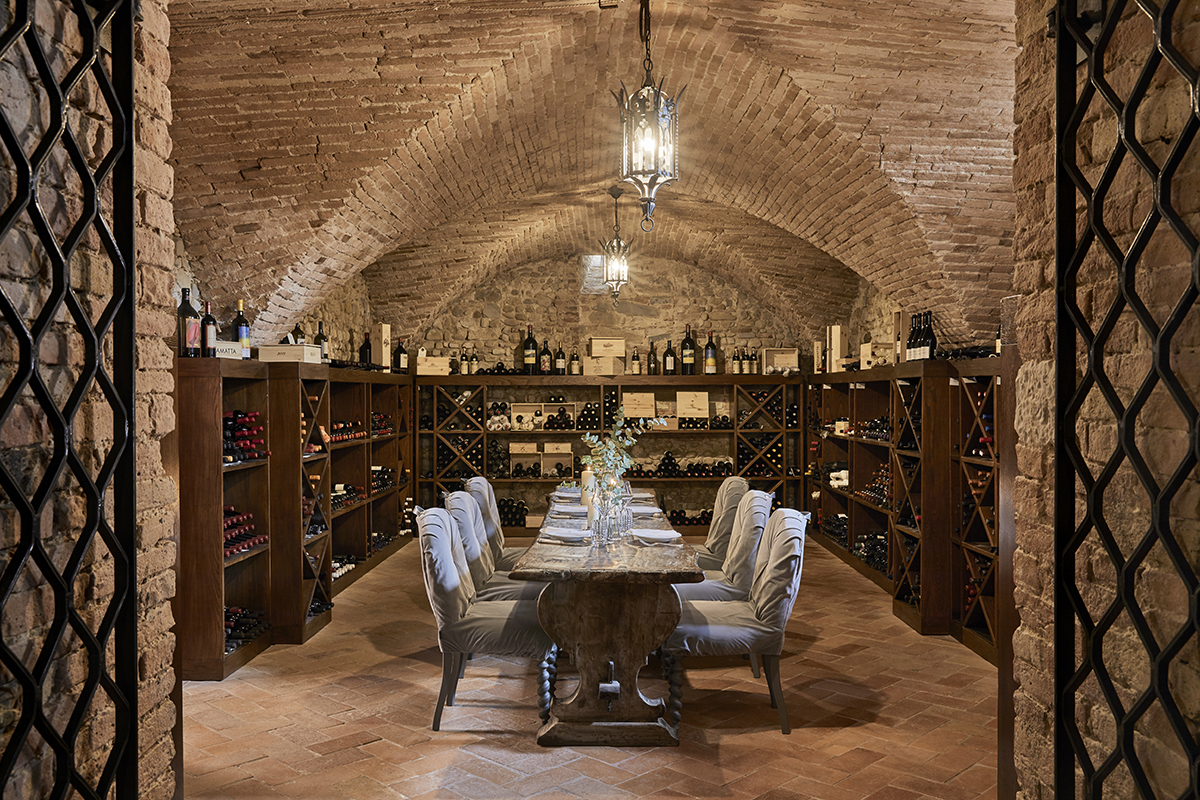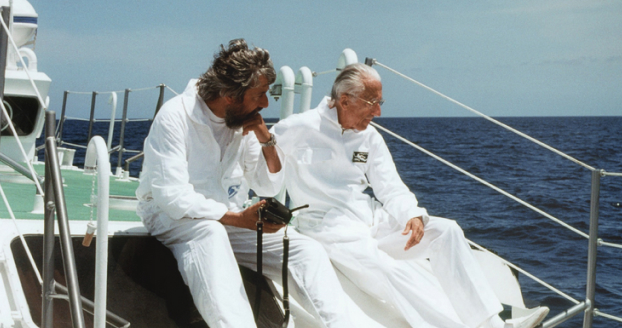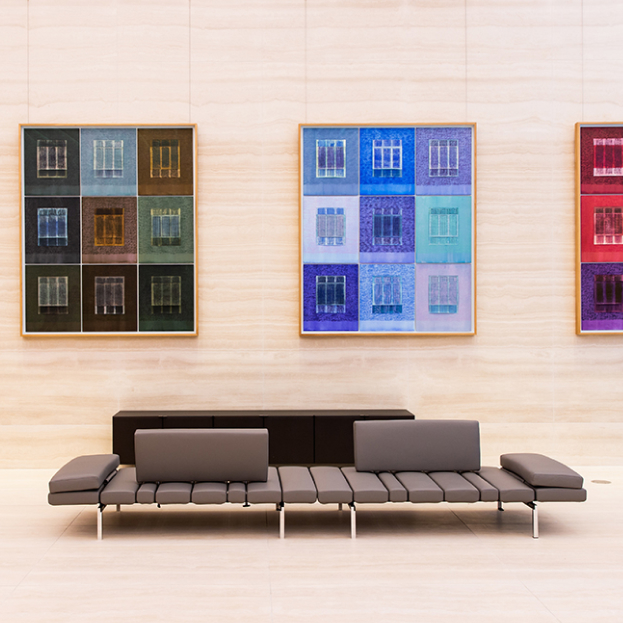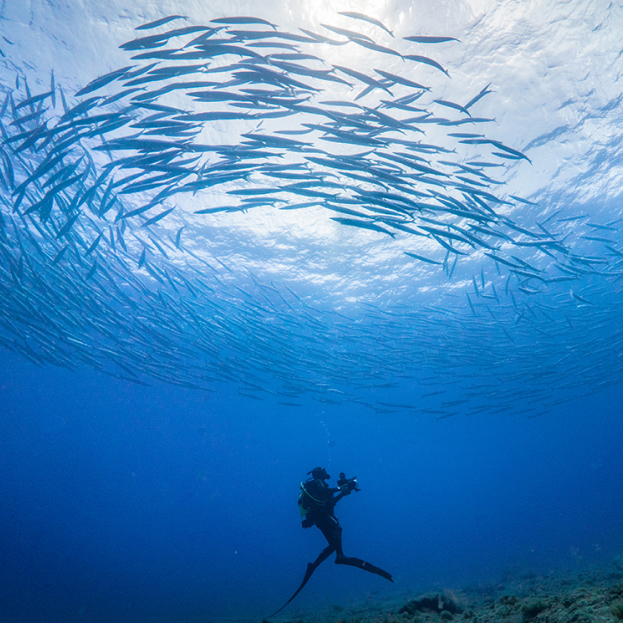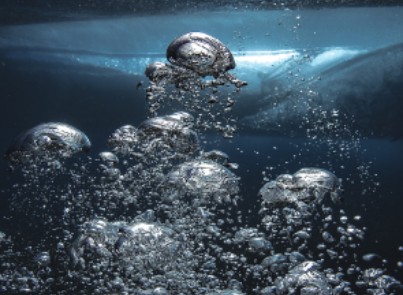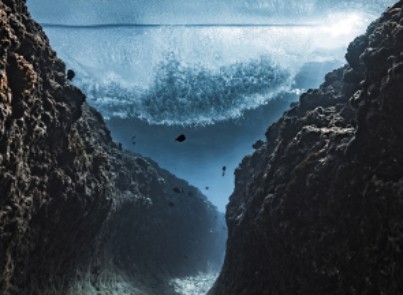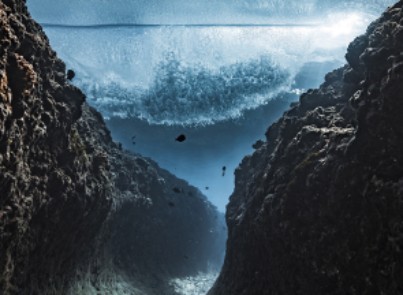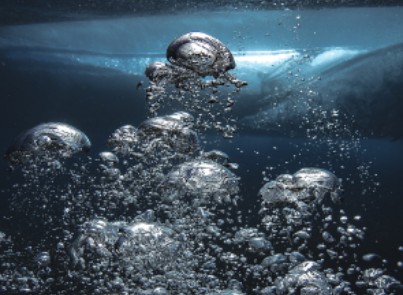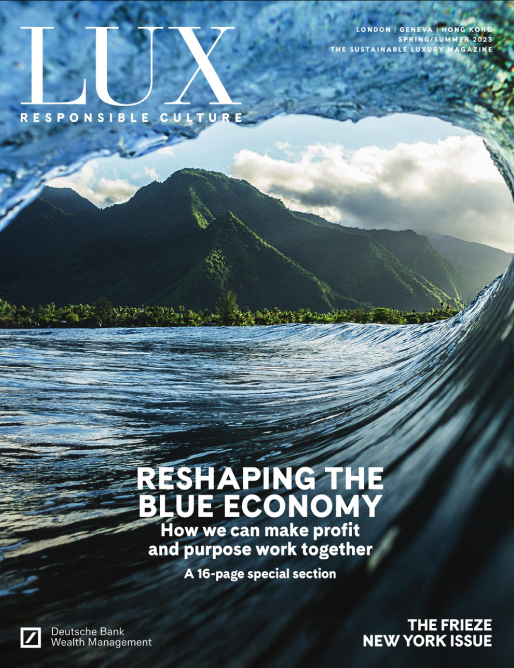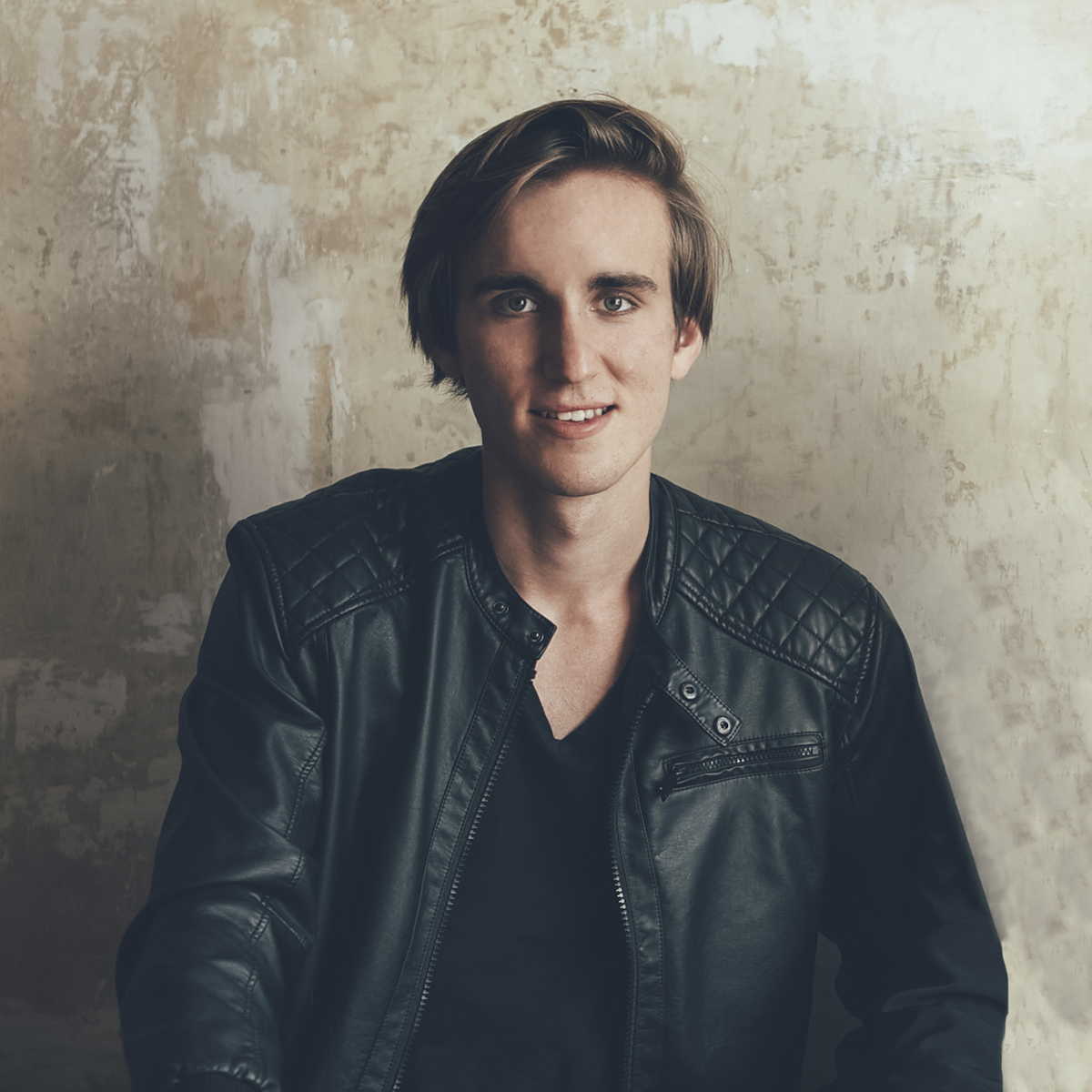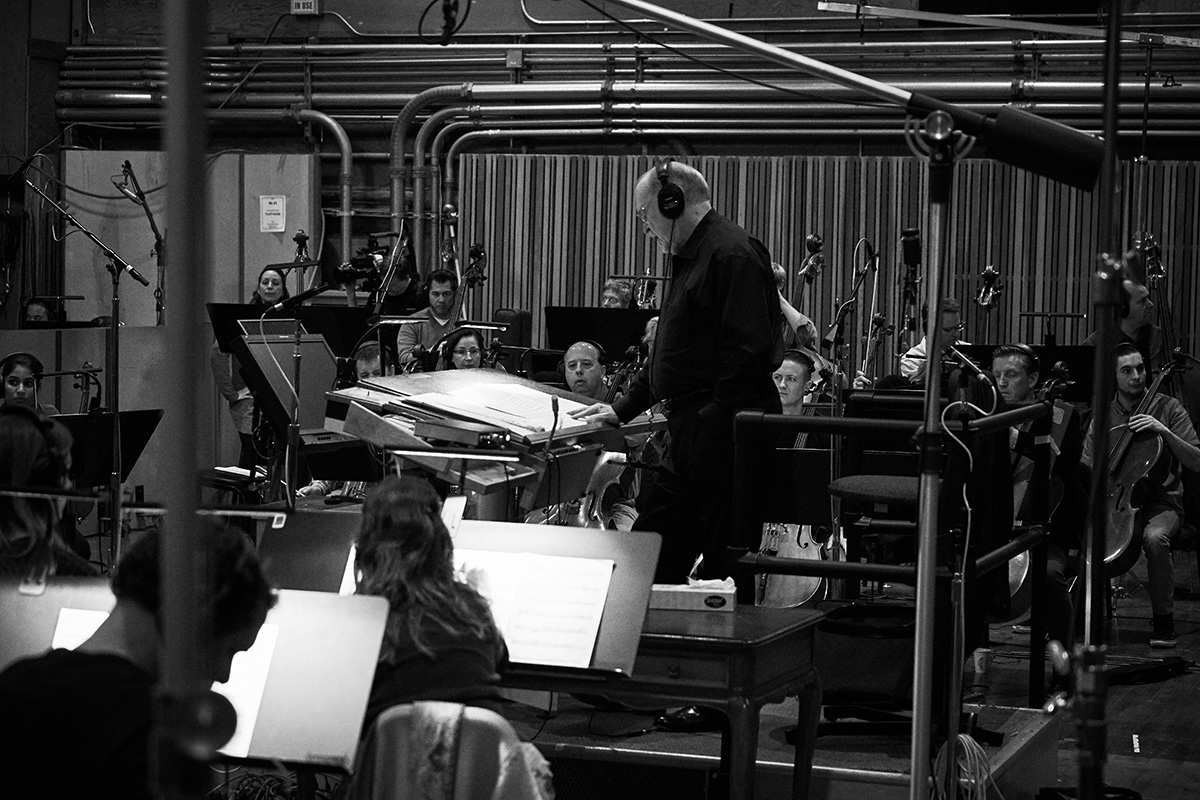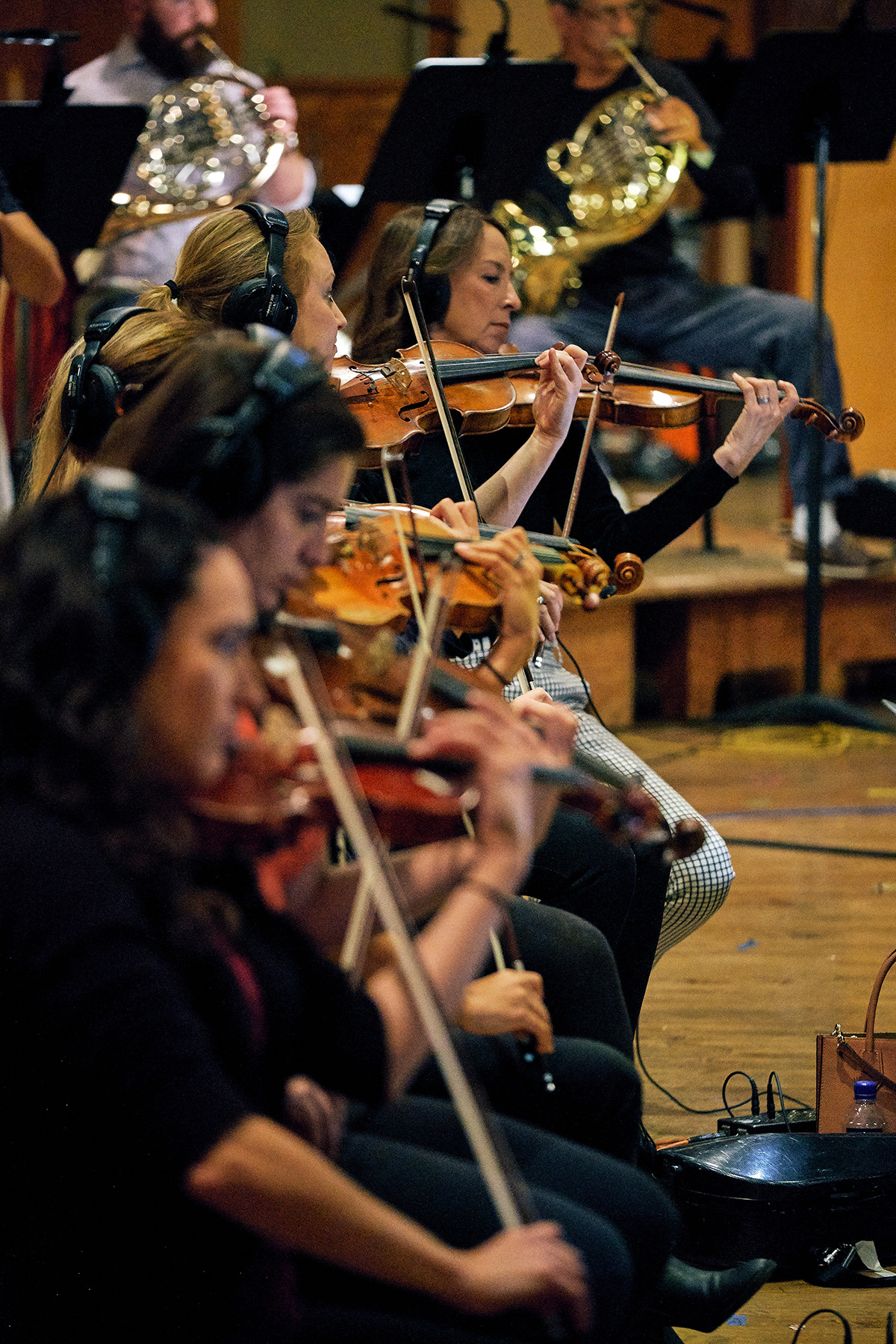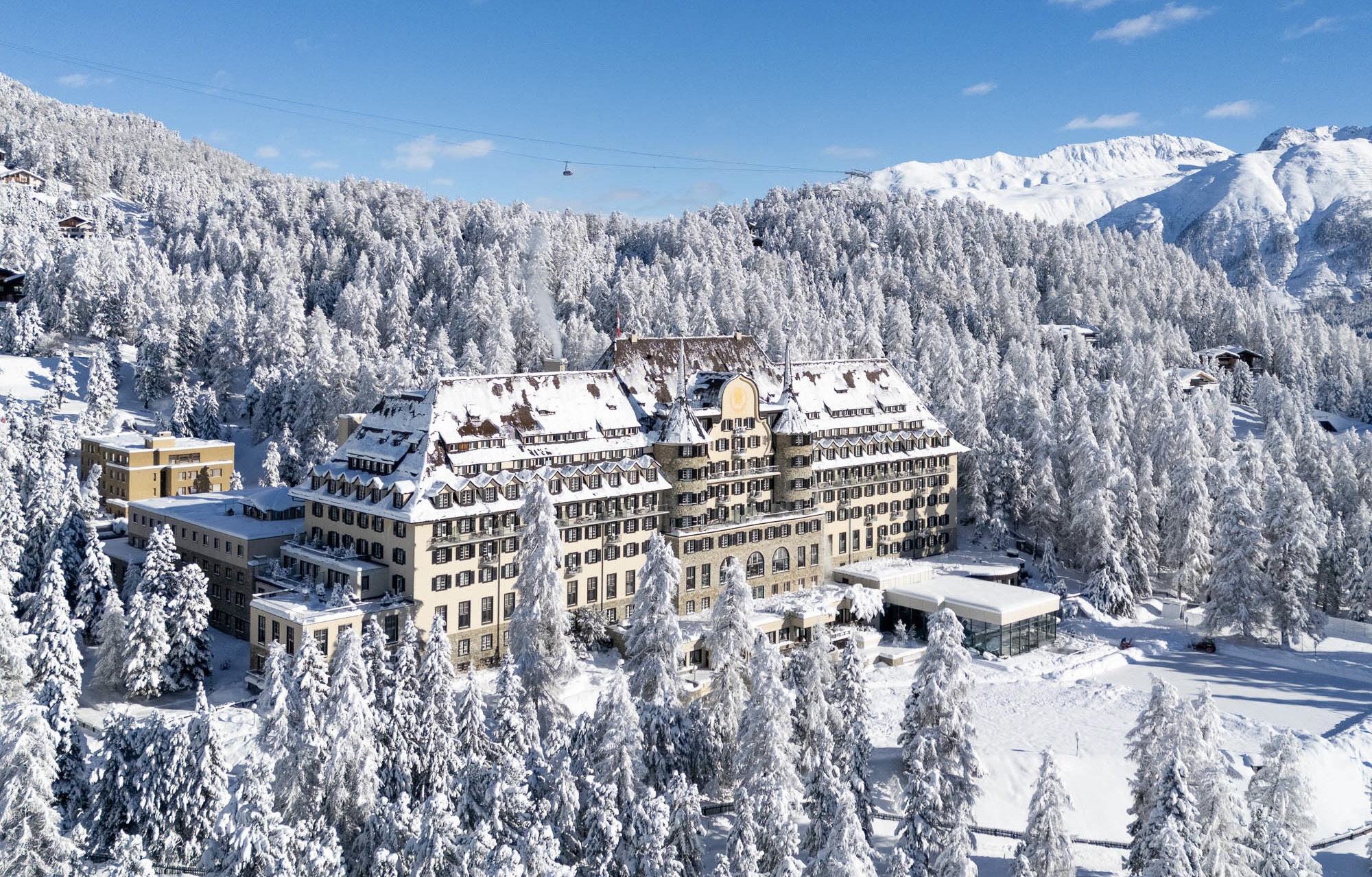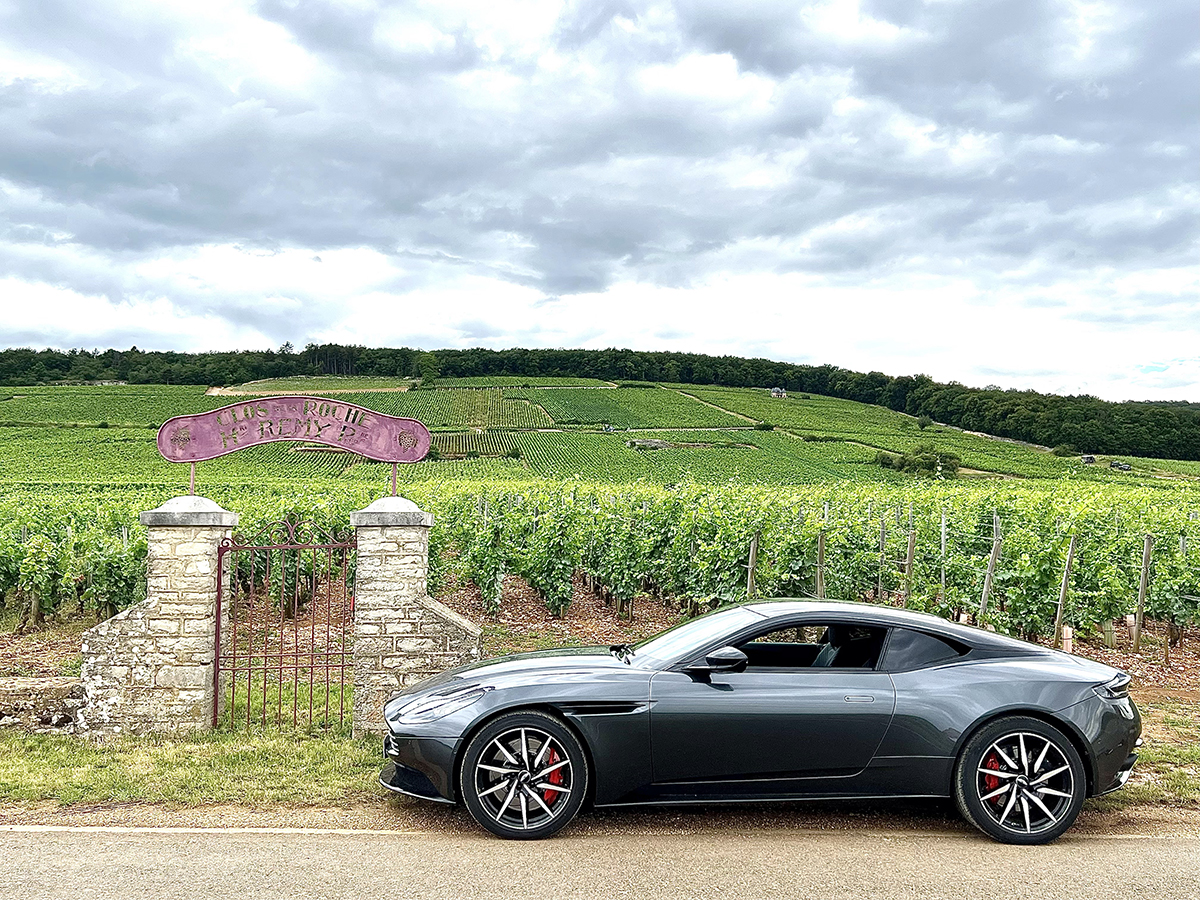
The Aston takes in the Clos de la Roche vineyards in Burgundy, France
In the second part of our Great Drives series, Darius Sanai travels, in an Aston Martin DB11 V8 Coupe, from the Jura Mountains, Switzerland to London, UK via Burgundy and Champagne, France for a quick tasting of Amour de Deutz, 2008
In the Vallée de Joux in the Jura Mountains in Switzerland, signs for watch manufactures (factories) come as thick and fast as signposts for whisky distilleries on Speyside. Tempting though it was to make a stop (we at LUX know the watch manufactures well, but they require a little planning to visit), we dropped down a gear in our xenon-grey Aston Martin DB11 and zoomed out of the valley along snaking roads through deep forests. Every mile or so, the trees dropped away to reveal a lake or another valley. We opened the windows to hear the thrumming of the Aston’s V8 engine, a low, mellow but not over-loud rumble, bouncing off the slopes on either side of the road. This was a joyous drive.
Follow LUX on Instagram: luxthemagazine
The DB11 Coupe is a piece of automotive architecture, sculpted, so it seems, from a block of granite. It feels satisfying to drive, even if you are not moving. It is very satisfying, and not a little fun, to drive when you are. The empty French roads allowed us to accelerate a little faster and farther than perhaps we would have done in Switzerland, where we had started that morning, or back in England, our final destination. It’s not overly challenging, but it is nicely weighted to give you a sense of Aston Martins of old, which were slightly macho and brutish as well as beautiful, like Sean Connery as James Bond, or perhaps a young Marlon Brando. Fortunately, too, it does not succumb to the latest trend of making extremely fast cars too easy to drive.
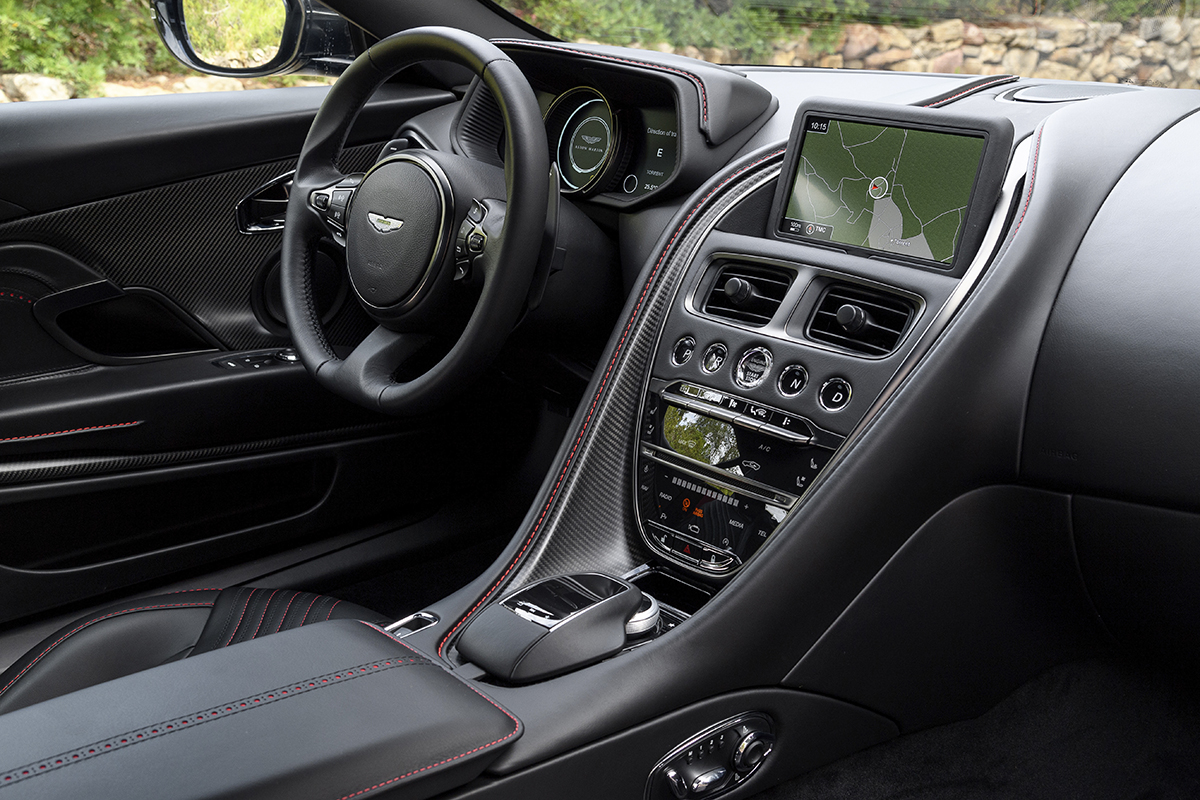
A peek inside the Aston Martin DB11
You would not buy the DB11 if you just wanted a very fast car, we mused, as the road, having descended down through the north side of the mountains, straightened out along a plain lined with wheat fields. These days, almost any electric car – and there seems to be a new one every day – can be programmed to go as fast as a moon rocket, but where’s the fun in that? This Aston, with its masterpiece of an exterior and equally chiselled interior, and lovely waffles of leather all around inside, is an event to be in and to arrive in. The hotel we were staying at that night in Burgundy, Hostellerie Cèdre & Spa Beaune, gave it pride of place in its car park.
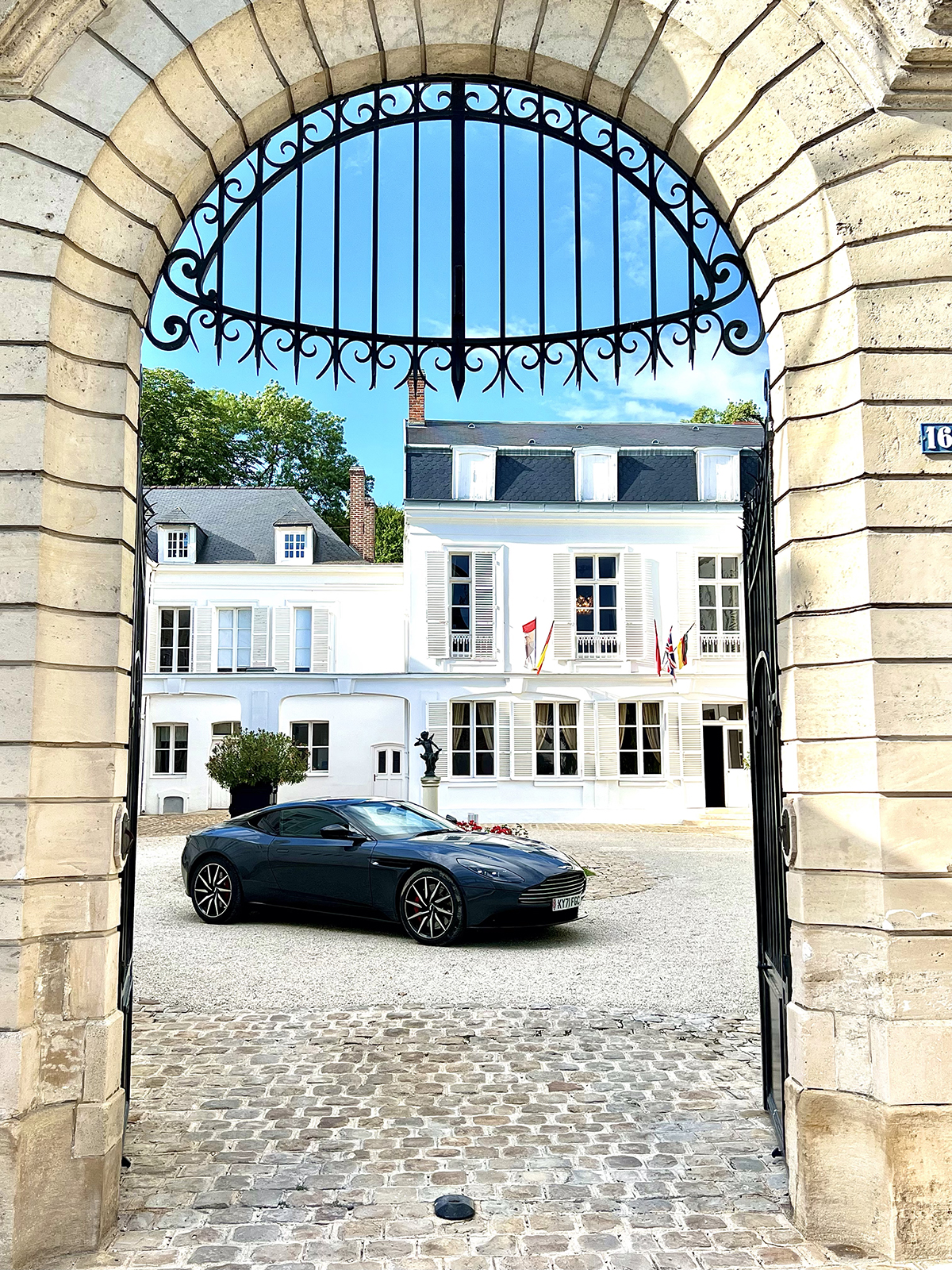
The Aston Martin DB11 V8 Coupe in the courtyard of the Deutz champagne house, France
The Cèdre is exactly the kind of place you want to arrive at when touring France. A little palace or big mansion (take your pick), on the edge of the old walled town of Beaune in the centre of Burgundy’s wine country, it has a driveway lined with very smart cars that show the measure of its clientele, who travel from all over the world to stay and taste wines here. There is a maze of a garden with ornamental ponds and seating dotted around the foliage. We sat there that evening and enjoyed a glass of poignant 2019 Château de Meursault, salty and nutty and balanced, from a small producer just a couple of miles away. The air smelled like the wine. Inside, the Cèdre is traditional and rich, like the home of a wealthy merchant. By the bar, an Enomatic machine, which preserves open bottles of wine, serves a selection of the great vintages of Burgundy – no need to visit a wine estate, just stay here and taste.
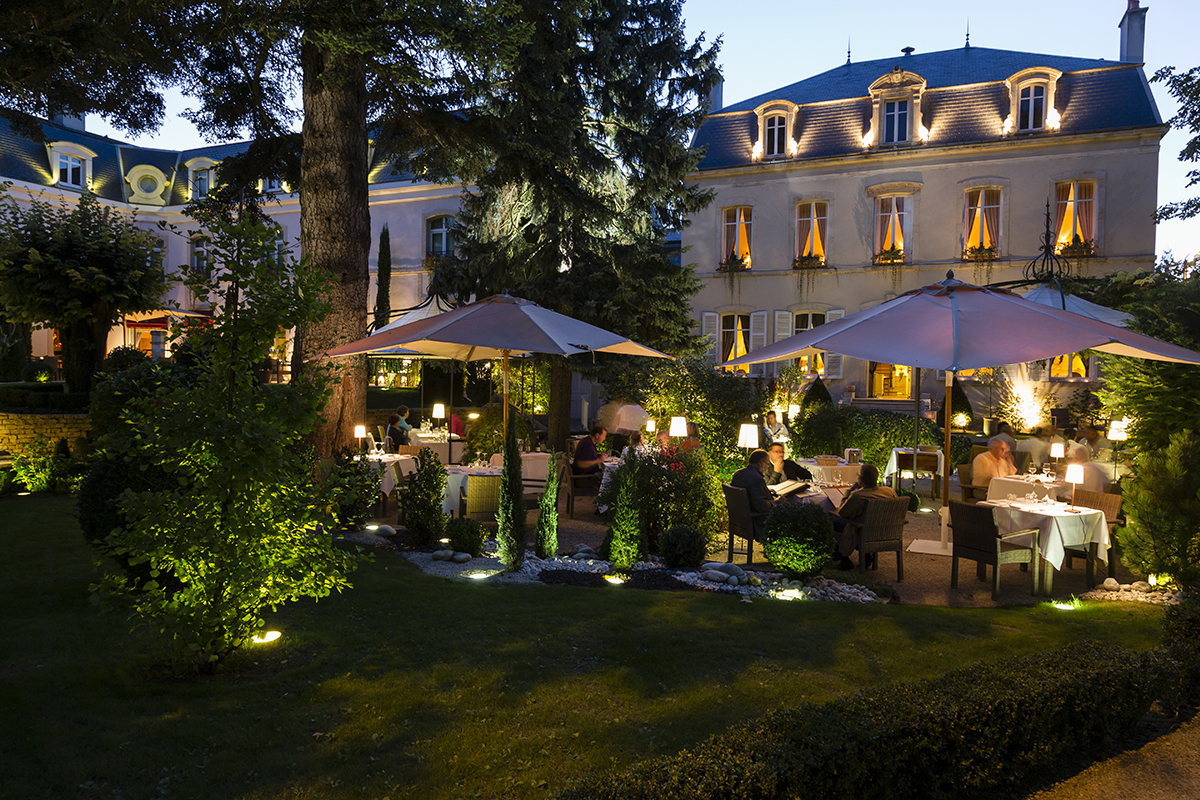
Garden dining by night at the Hostellerie Cèdre & Spa Beaune, Burgundy
Our room was characterful and split-level, with bedroom and bathroom on one floor and a living area in a gallery above, big enough for a group of four to stretch out on the sofa and chairs, fine wines in front of them, and chat into the night. The room didn’t have a big view but it had an interesting one, across the outskirts of Beaune to the vineyard slopes creating its eponymous, and delicious, red wine. One of the world’s most ancient vineyard sites, its history can be traced back 1,000 years. This is a soulful hotel.
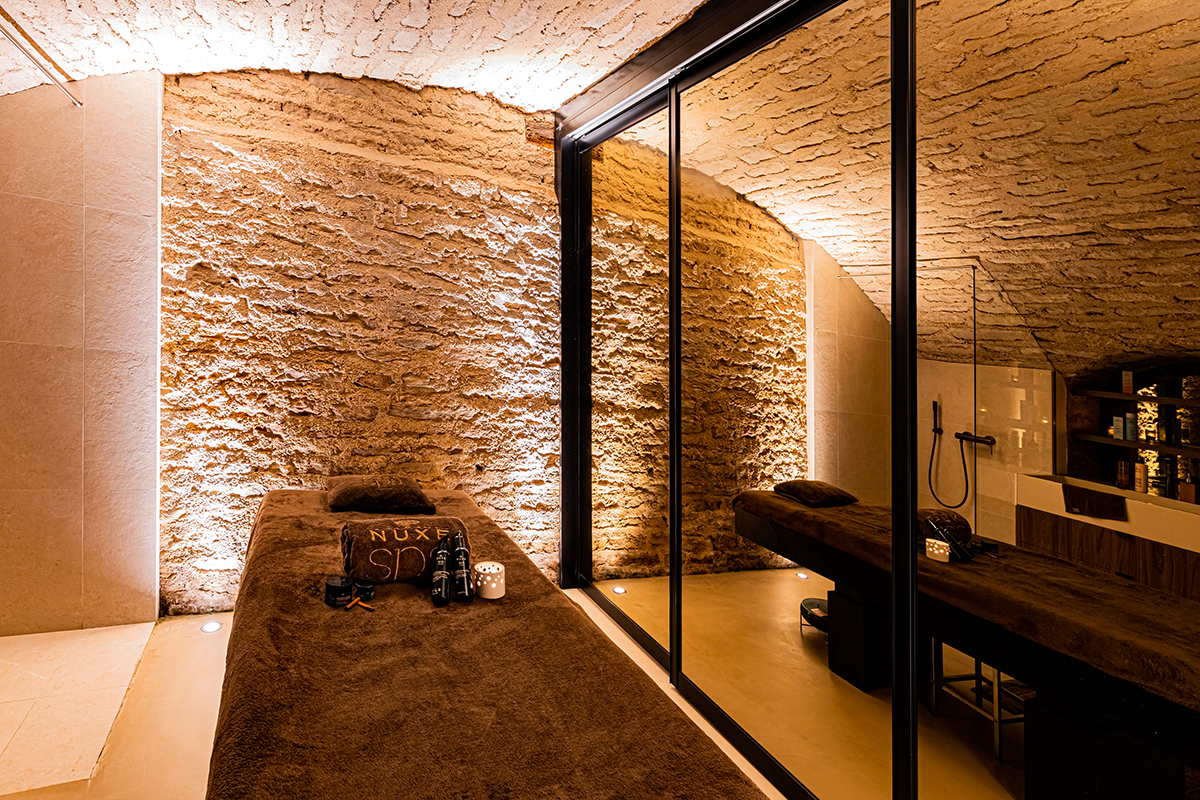
The stylish Nuxe Spa in the vaults of the Cèdre
Our focus the next day was a drive across the countryside of central France, from one of its great winegrowing regions, Burgundy, to another, Champagne. These are connected by an autoroute, and getting there can take fewer than three hours. But that would not do justice to a car like this, so we took the back roads instead. First, we wound our way up the low, but very definite ridge of the Côte-d’Or, where we saw the same Burgundy vineyards we had seen from our hotel room, and then through forests, glades and ancient villages on the Plateau de Langres. This is Charlemagne territory, one of the most historic but unexplored parts of France. In each village there were at least a few grand houses, hundreds of years old, that wanted to tell a story.
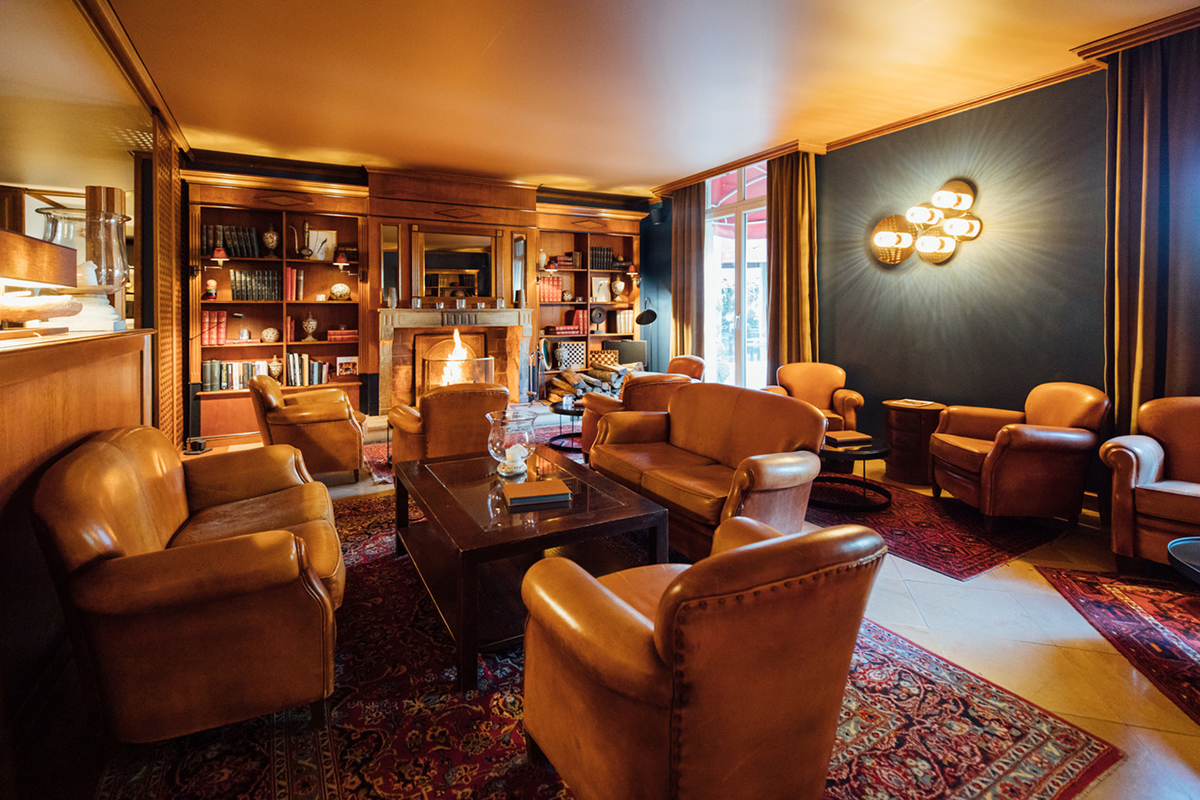
A cosy ambience at the Cèdre Lounge Bar,
The Aston ambled happily through them, like a big dog strolling with its mistress, then roared down the empty byways when the countryside emptied out a little. After a couple of hours, wanting to make it to Champagne for our next meeting, we headed back towards the autoroute, joining it near Charles de Gaulle’s home village of Colombey-les-Deux-Églises. On the smooth French highway, the Aston reverted to its alter ego of relaxed grand touring car, purring quietly.
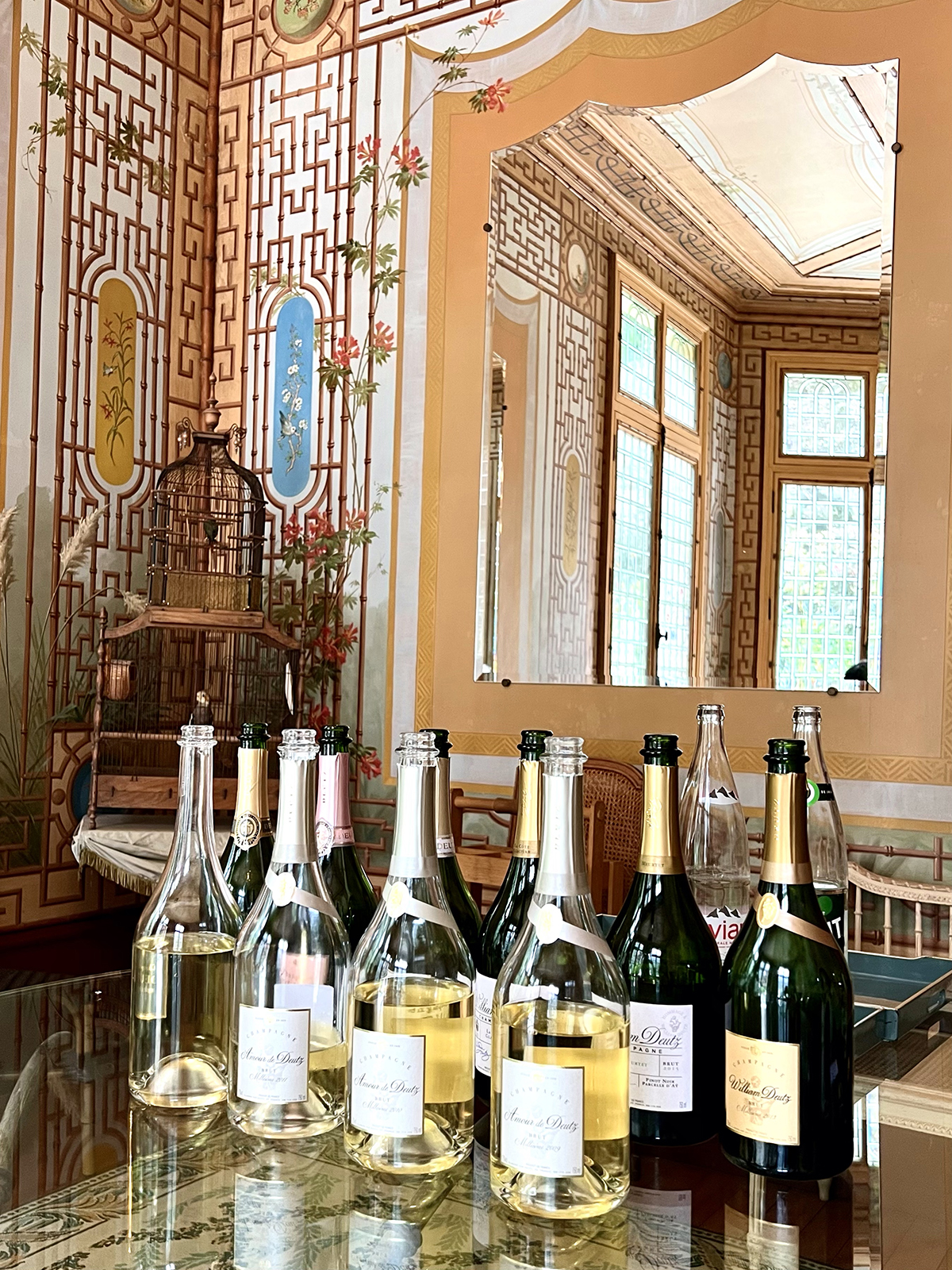
The sublime tasting at the Deutz champagne house, France
Deutz is not a champagne house that is familiar to so many international wine collectors. It doesn’t market itself like the region’s more famous names. Perhaps it doesn’t need to, we reflected, as our taxi dropped us at the maison’s cobbled courtyard (the Aston having been parked safely at our hotel for the night). After a tour of the massive underground cellars, we were shown into a beautiful historical house, its decor preserved as the Deutz family created it in the late 19th century. The tasting room was really a garden room, looking out onto lawns and intricately planted borders.

Window views from the garden room at the Deutz champagne house
Deutz is about quality more than marketing – more than anything, we thought, as we were guided through a selection of the maison’s champagnes. The vintage rosé, 2013, was delicate, balanced, floral and beautiful. They only got better. The prestige cuvée, Cuvée William Deutz, had a power, a richness and a kind of nobility to it – the sort of champagne you would serve at the coronation of a king (a shame the French got rid of theirs), or perhaps at a dinner to mark the 200th anniversary of your watch manufacture. But it was another one of their champagnes that really got into our souls.
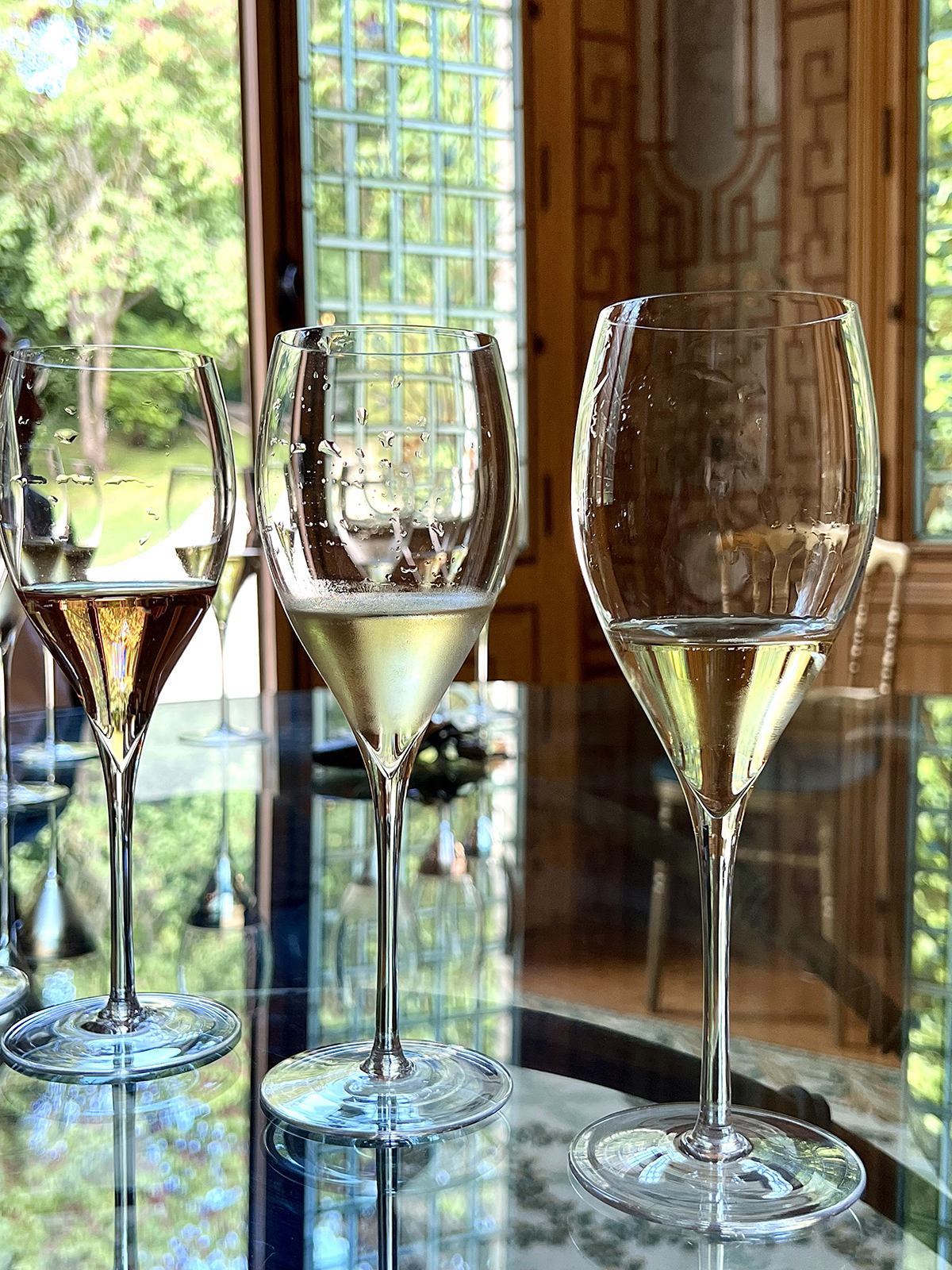
Tasting of Cuvée William Deutz and Amour de Deutz
Amour de Deutz is made from 100 per cent Chardonnay, the best picks of the white grape that the maison gets its hands on every vintage. We tasted the 2013, 2009 and 2008. They were sublime: complex nutty creaminess, a savoury edge, richness yet ethereal lightness and a kind of golden flavour. Each was more powerful than the last, yet as gentle as a butterfly. Featherlight yet eternal.
Read more: Great Drive: Santa Monica to Napa Valley, Califonia
The next day, powered by memories of the Amour de Deutz, we cruised back to the UK in the beautiful, purring Aston, a case of golden champagne treasure in its (small but adequate) luggage compartment. The perfect little grand tour in the perfect grand tourer.
Find out more:
astonmartin.com
cedrebeaune.com
champagne-deutz.com
